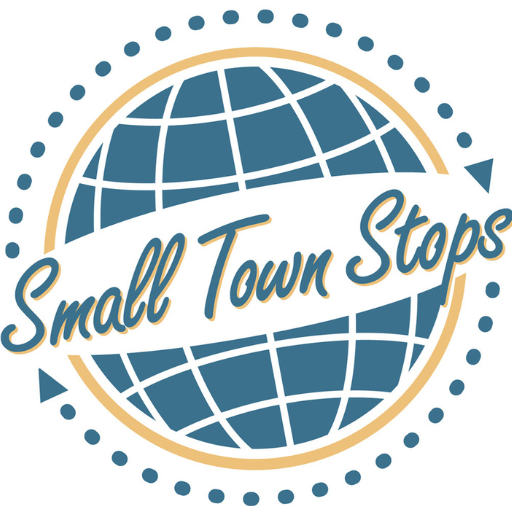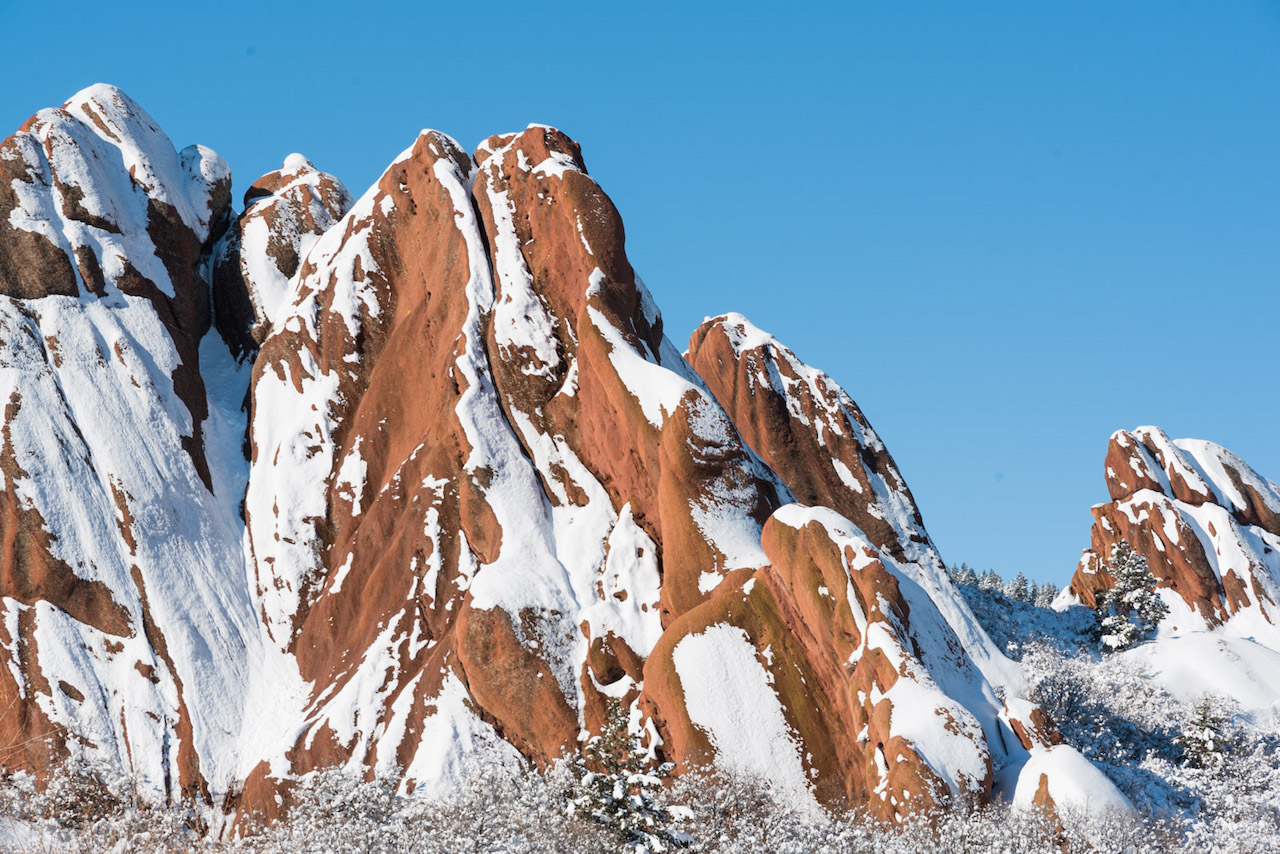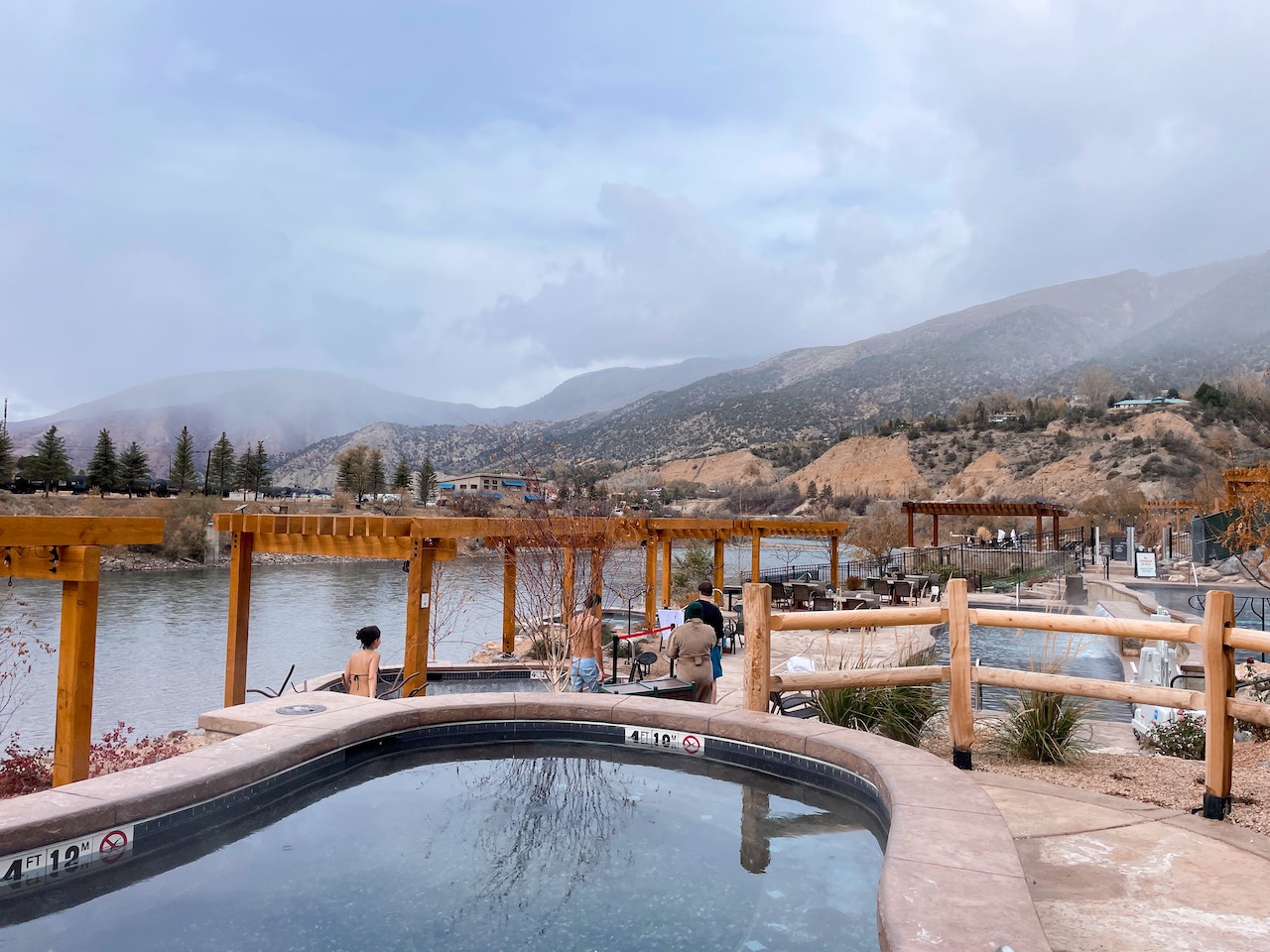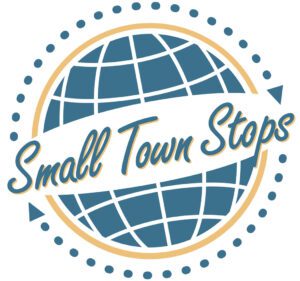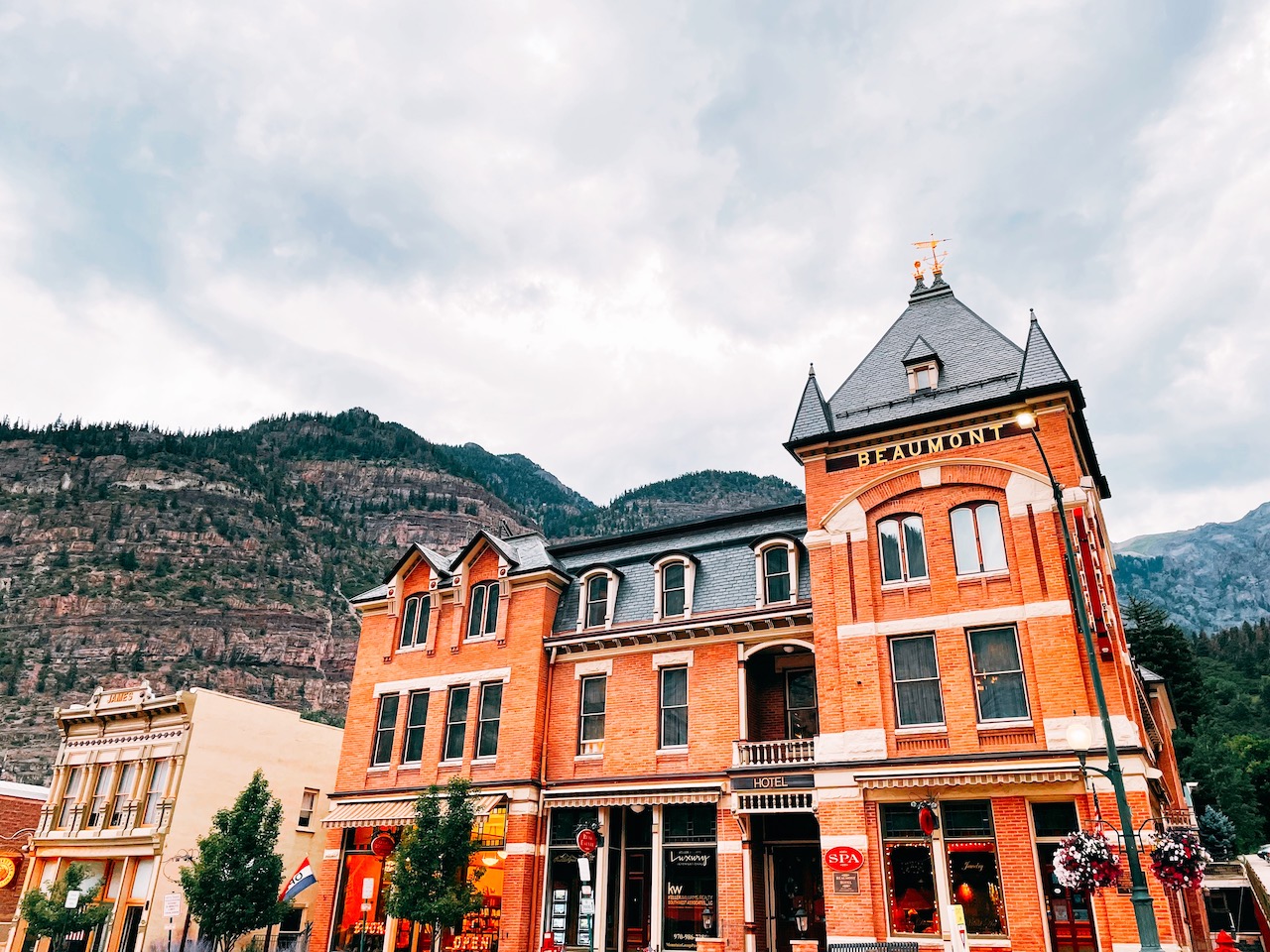
The Not-so-Obvious List of the Best Colorado Mountain Towns
Known for the Rocky Mountains and its impressive collection of 14,000-foot peaks, Colorado is home to some of the best terrain for adventurers and some of the most picturesque scenery for any admirer. Nestled within these majestic mountains are the small towns that make the perfect jumping-off point for many experiences. So, what are the best Colorado mountain towns?
I’m asked this question frequently, having lived in Colorado for over 12 years and traveled extensively throughout the state. There are a few towns I always go back to, and those I can’t wait to visit again. I chose these places based on their history, character, accessibility to amenities, and uniqueness that make them truly Colorado.
I did not pick the most obvious places like Vail and Aspen, although you’ll see a few classics creep into my list of the best Colorado mountain towns. The list is in no particular order.
Paonia
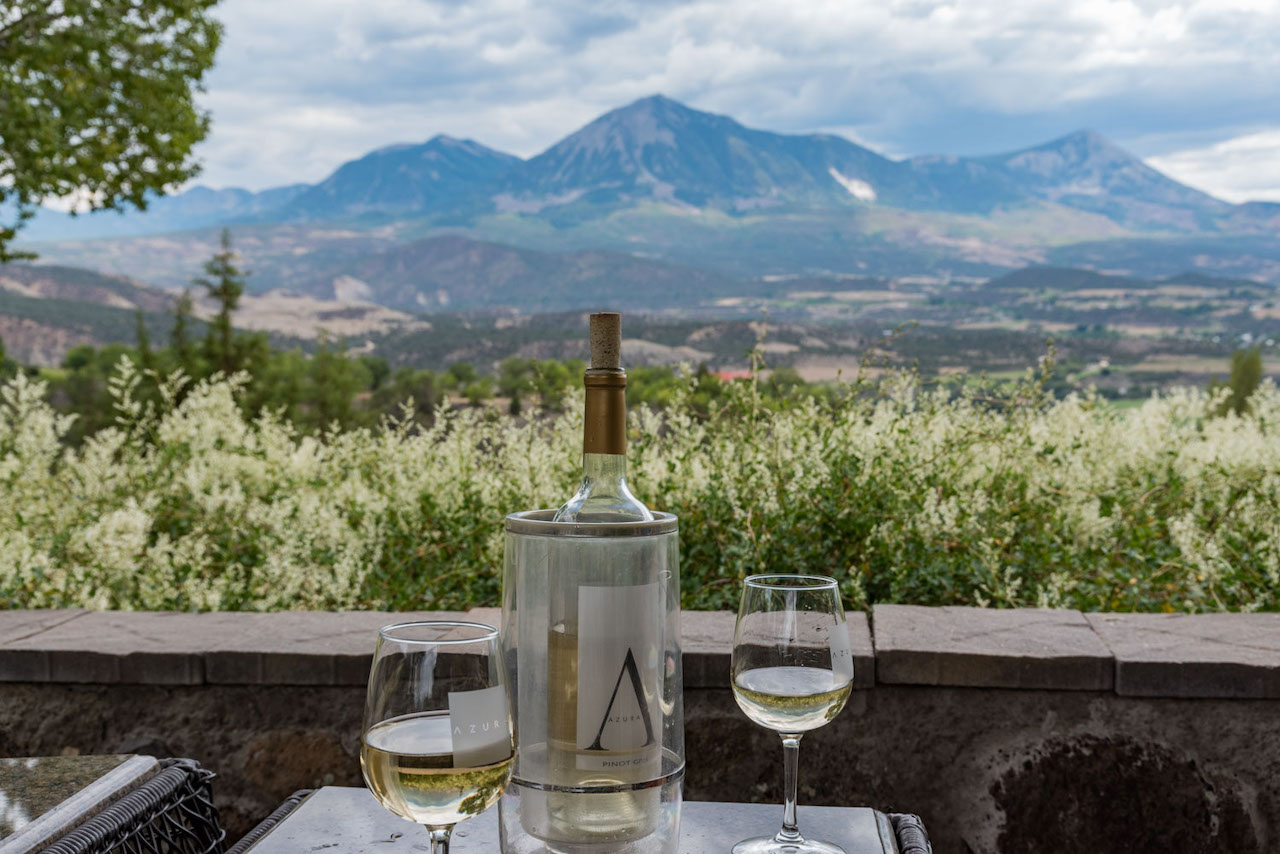
Perfectly placed in the North Fork Valley, the small town of Paonia and its surrounding hamlets are home to 12 wineries, a few vineyards, orchards, and farms. When most people think of wine in Colorado, they always refer to Palisade. But you’ll be pleasantly surprised with what Paonia and its neighbors have to offer when discovering your next varietal.
Why I love it: Not only is the town dotted with wineries, but lavender, goat, and flower farms fill the landscape as well, some of which you can tour. Downtown offers delightful farm-to-table food options, art galleries, and the historic Bross Hotel Bed and Breakfast.
When I visited for the first time back in 2017, I stopped at Stone Cellars, Azura Cellars & Gallery, Big B’s Apple Cider, and then Black Bridge. Hands down Azura Cellars is my favorite simply for its views, wine, and art gallery.
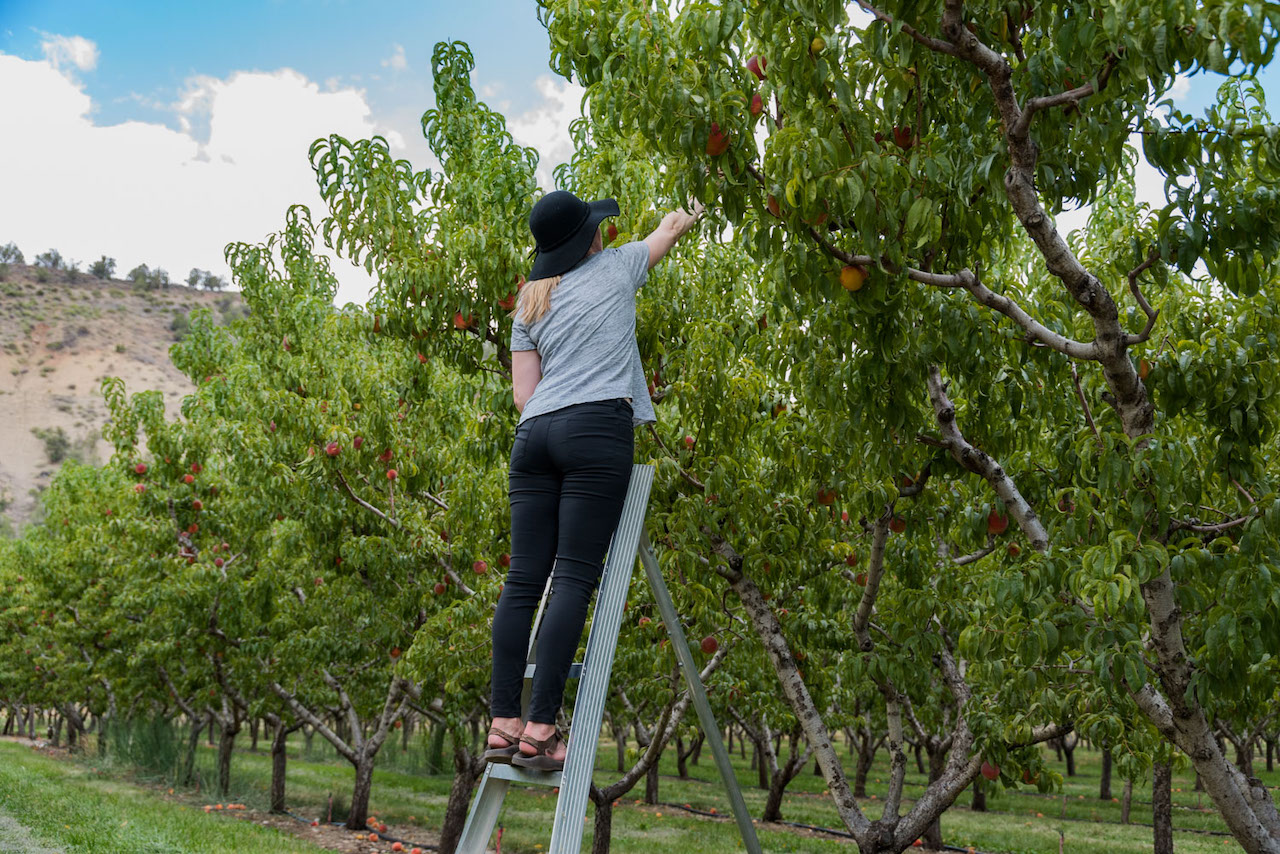
As Colorado’s wine scene continues to grow, several more wineries have popped up in the valley and in the nearby towns of Hotchkiss and Crawford. While Palisade, Colorado gets all the attention for its wine, and as it should because most of the wineries in Paonia get their grapes from Palisade vineyards, I find the North Fork Valley to be more scenic and more relaxing.
Crested Butte
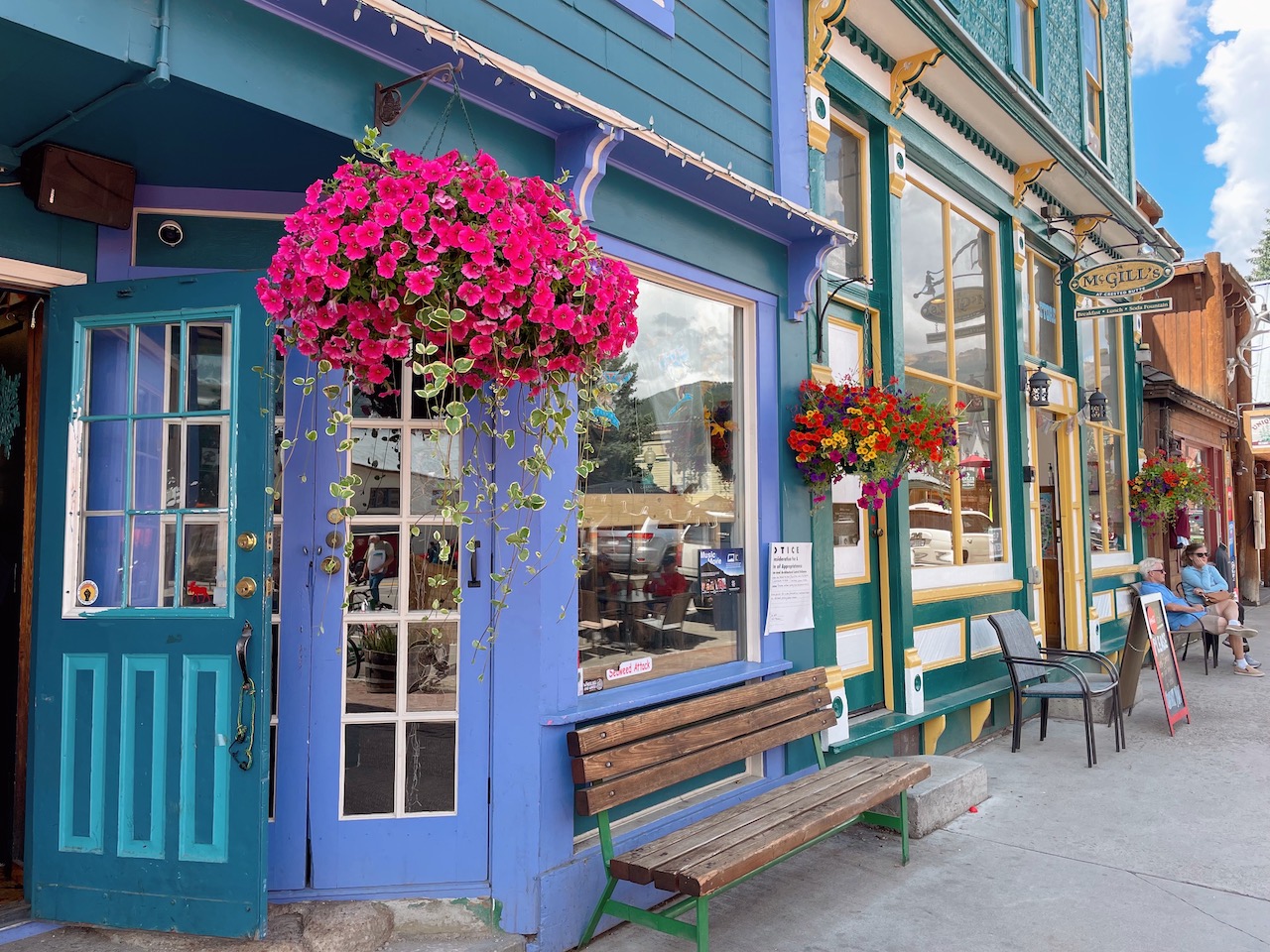
If you know anything about Colorado, then you’ve most likely heard of Crested Butte. Known for its snow-packed winters, epic ski runs, and quaint and colorful downtown, it may be an obvious choice for one of the best mountain towns in Colorado, but for good reason.
Why I love it: The downtown is as cute as they come. With the colorful historic buildings restored from its old mining days, a walk down Elkhorn Ave. feels like a step back in time. The food and drink options are endless, or at least endless for a small town.
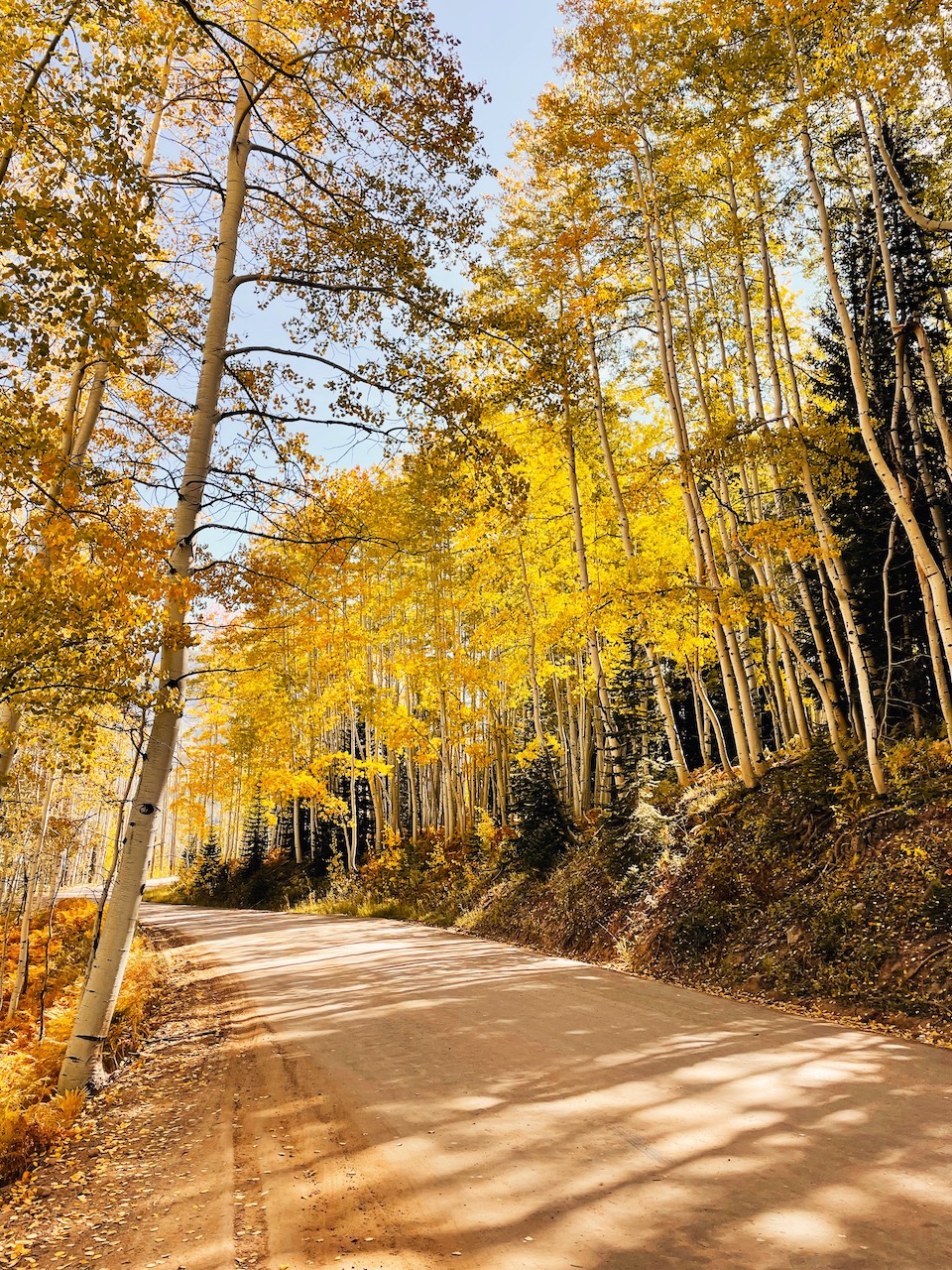
Aside from its charming downtown, Crested Butte is undeniably surrounded by some of the most picturesque landscapes. No matter the season, this Colorado mountain town shines. In the summer, mountain bikers come out to play and fields of wildflowers bloom, making way for the Crested Butte Wildflower Festival. The fall season opens to a sea of golden aspens everywhere you look, and winter brings in white, fluffy powder for some of the best skiing in the state.
Tip: If you visit Crested Butte in summer, you’ll find more affordable hotel options in the Crested Butte Ski Resort area. A Free shuttle from most hotels is provided to take you downtown (a 5 – 7-minute drive).
Bonus: And if you have time, drive over Kebler Pass to the end and take HWY 133, which will lead you to the town of Paonia. The road is open to all vehicles, except in winter. It’s the most beautiful during fall to see the changing aspens; it is also the most crowded, so be prepared!
Del Norte
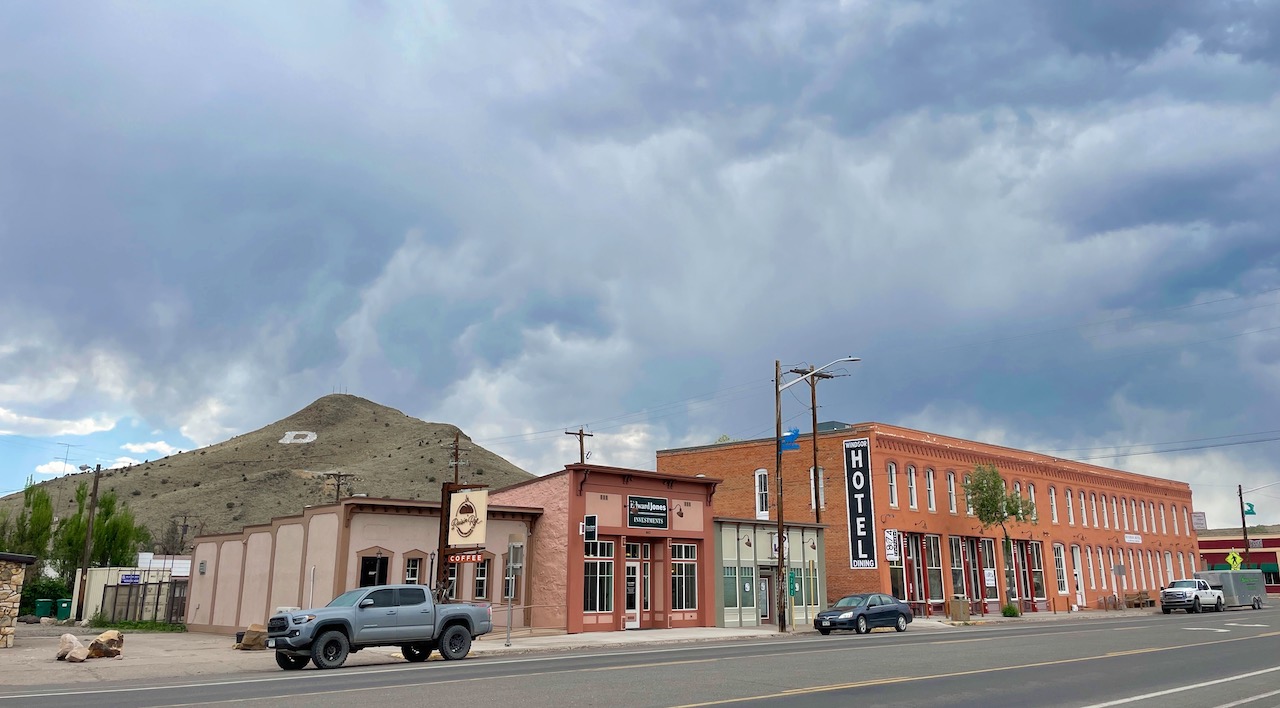
Known as the gateway to the San Luis Valley in Colorado, Del Norte is located about 50 minutes directly west of the Great Sand Dunes National Park. Over the years, the small town has seen a resurgence, making it one of my favorite Colorado mountain towns.
Why I love it: The tiny downtown, which you can walk in 10 minutes, is starting to fill in with restaurants, shops, and that small Colorado mountain town vibe. It’s not overcrowded, there’s enough there to enjoy a multi-night stay, and you have access to some of the best mountain biking, rock climbing, and hiking in the state. Plus, the locals there are as friendly as they come, with a real passion for creating a place where people not only want to live but also want to visit.
Cuchara
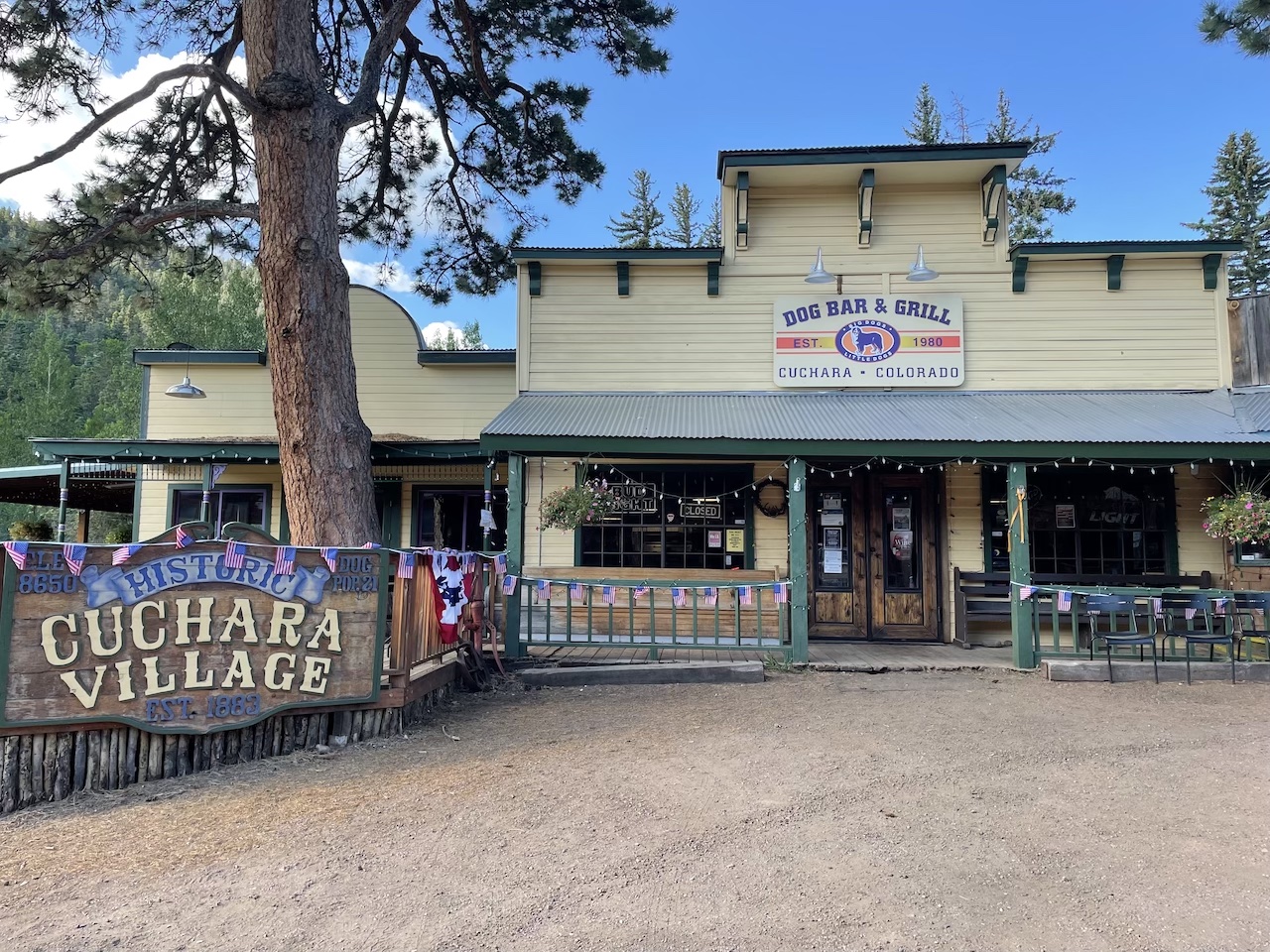
Quietly nestled in the Spanish Peaks Region of Colorado, Cuchara is an unincorporated community that is a great example of a turn-of-the-century Colorado mountain town. What started as a summer resort and camp in the early 1900s is now a picturesque mountain village that provides a cozy retreat for those passing through.
Why I love it: What I love about Cuchara is that, despite it being so small, it packs in a ton of character and everything you need for an overnight stay. It’s the perfect stopover after a hike to grab a drink and food at the ONLY spot in town, the Dog Bar. Ask anyone in town or nearby where to go for a good beer and burger, and they will likely point you to the Dog Bar & Grill, a favorite for both locals and tourists alike.
Two accommodations include the Cuchara Inn and the Cucharas River Bed and Breakfast — I love it here with its location by the Cuchara River. Plus, there are plenty of Airbnb and condo rentals in the area.
La Veta
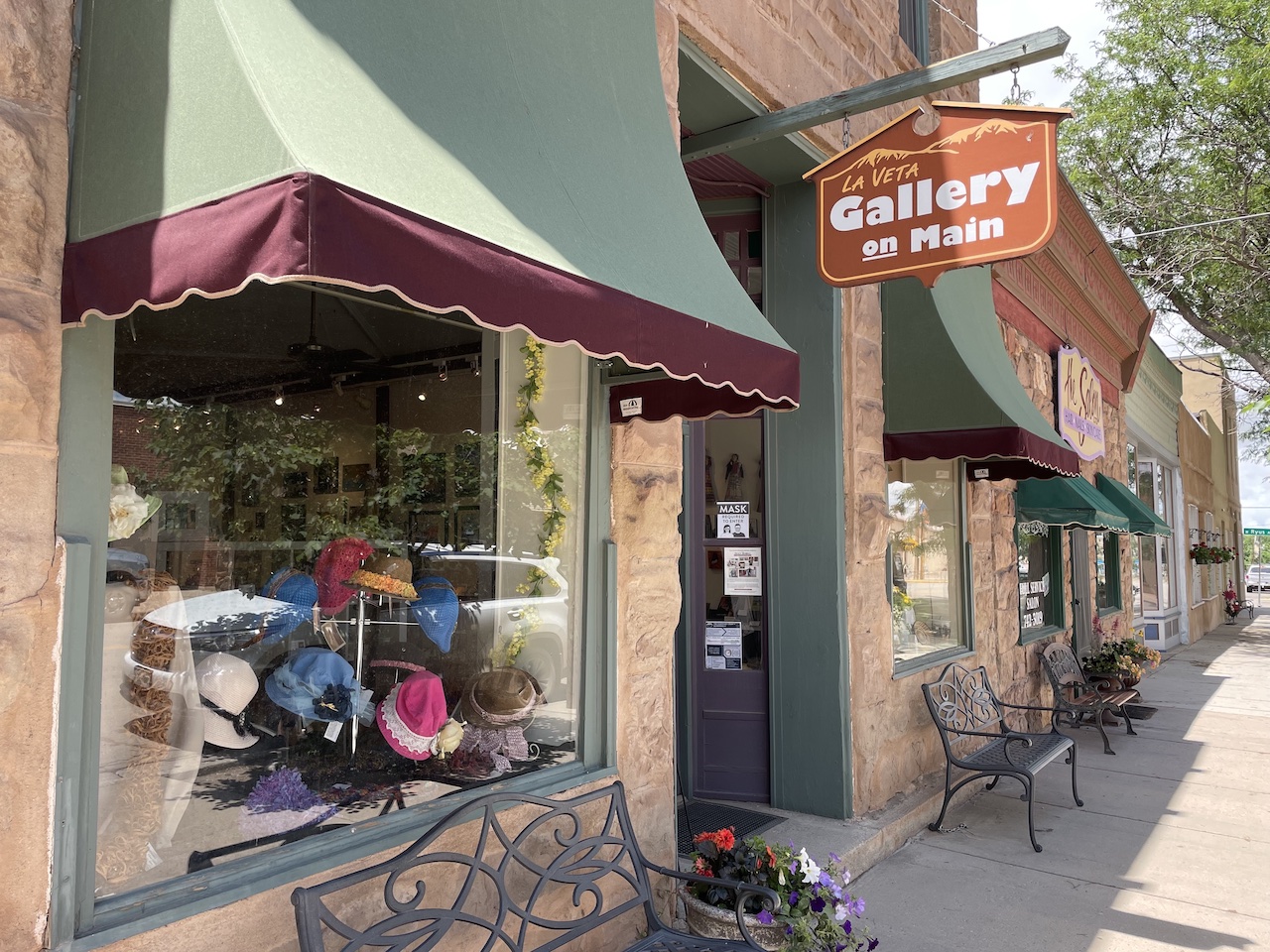
Located 20 minutes north of Cuchara is the quaint town of La Veta. Nestled in the foothills of the majestic Spanish Peaks, La Veta is a charming and artistic town that captures the essence of small-town life with a rich cultural presence.
Why I love it: What was once a popular trading post for the Francisco Fort, La Veta is now a small town with a thriving art scene. Recently added to the list of Colorado’s Creative Districts, La Veta is a hub for the arts. Home to several art studios and galleries, including the SPACe (Spanish Peaks Arts Council) Gallery, and other artistic venues, La Veta is one of my favorite places to discover local Colorado artists in a non-crowded, non-stuffy environment.
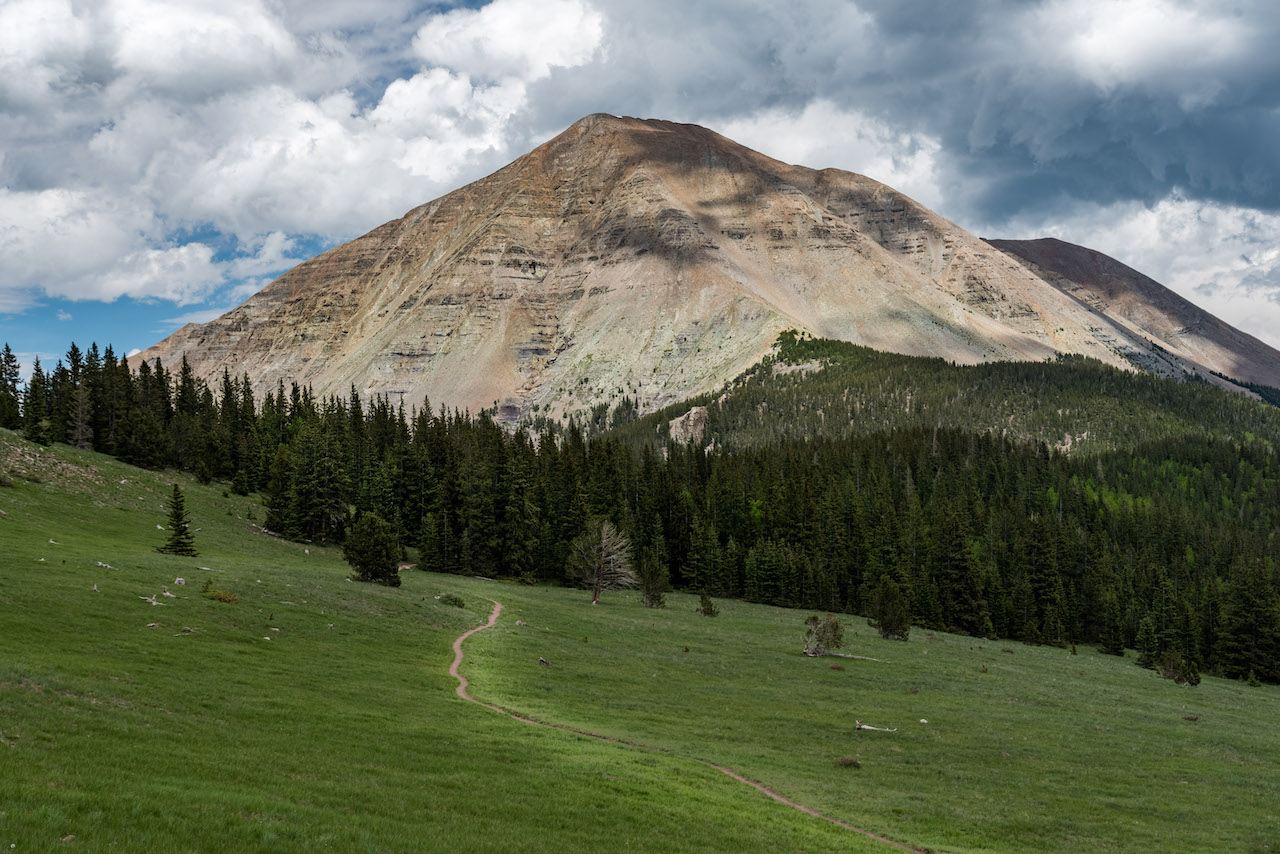
In terms of outdoor accessibility, probably the most popular spot in the area is the Spanish Peaks summit. West Spanish Peak, resting at 13,631 ft., was the first mountain I summited when I moved to Colorado. While it’s not one of Colorado’s famed 14ers, it is just as beautiful, less crowded, and just as challenging.
Tip: Cordova Pass Campground is a popular place to camp the night before summiting the West Spanish Peak. Be sure to stop at the John B. Farley Wildflower Overlook for beautiful views and wildflowers as far as the eye can see during July.
Creede
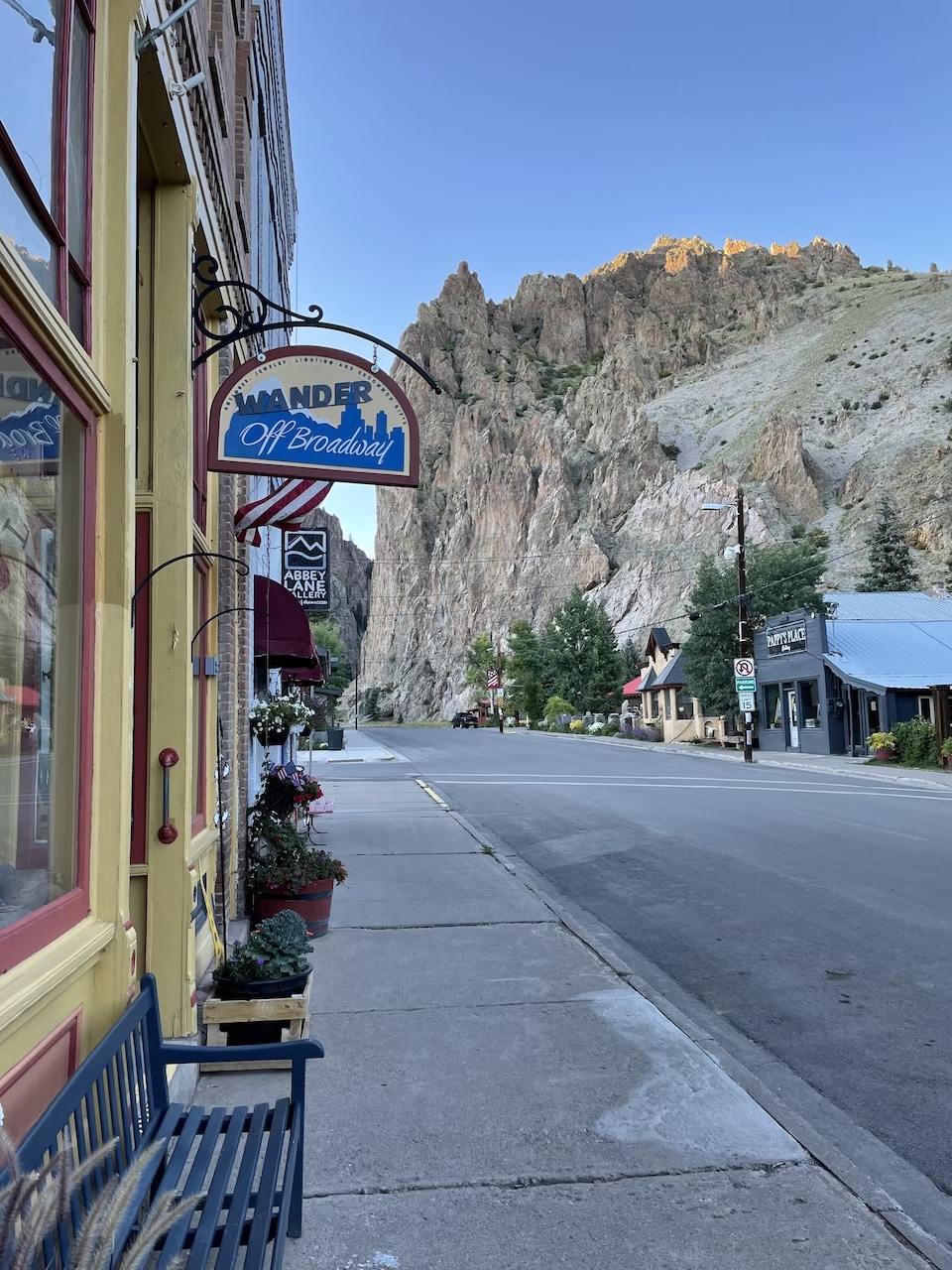
Creede is a classic mining town that still holds to the roots of its past in a way that modern travelers can enjoy. Nestled in the scenic San Juan Mountains of Colorado, Creede is as picturesque as they come.
Why I love it: Known for its well-preserved Victorian architecture, Creede transports you back in time with its historic main street. Colorful buildings, surrounded by sheer cliff walls, make this one of Colorado’s most scenic main streets. And like many Colorado mountain towns, Creede was once a booming mining town.
Aside from its historic charm, one of my favorite reasons for visiting Creede is the town’s direct accessibility to trails. Pick up Inspiration Point Loop right from town and cap it off with a good beer and food from one of the local restaurants.
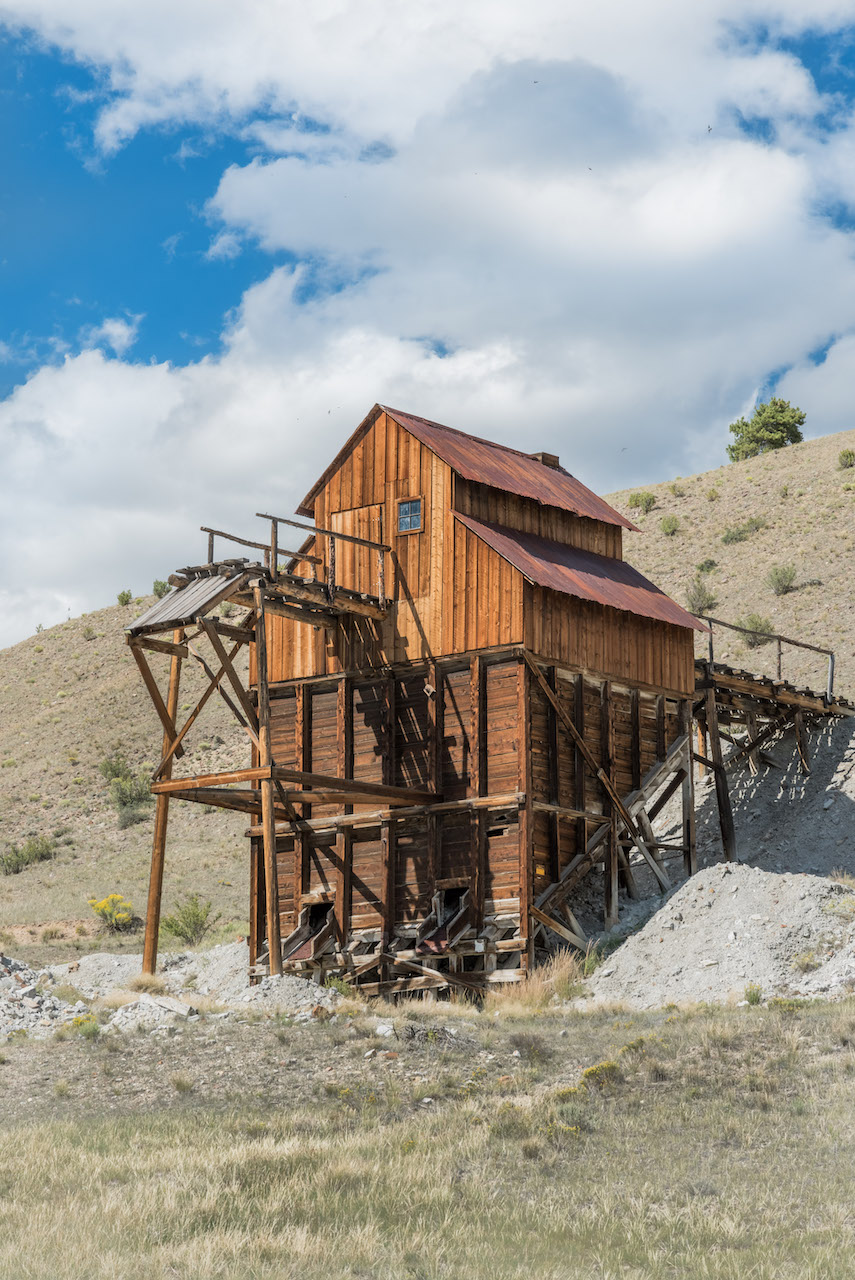
But its crown jewel is the scenic driving route, Bachelor Loop, where you can see the remnants of the historic mining area that sat above town. The 17-mile loop is a gravel road; 4×4 is not required unless you go off the main road.
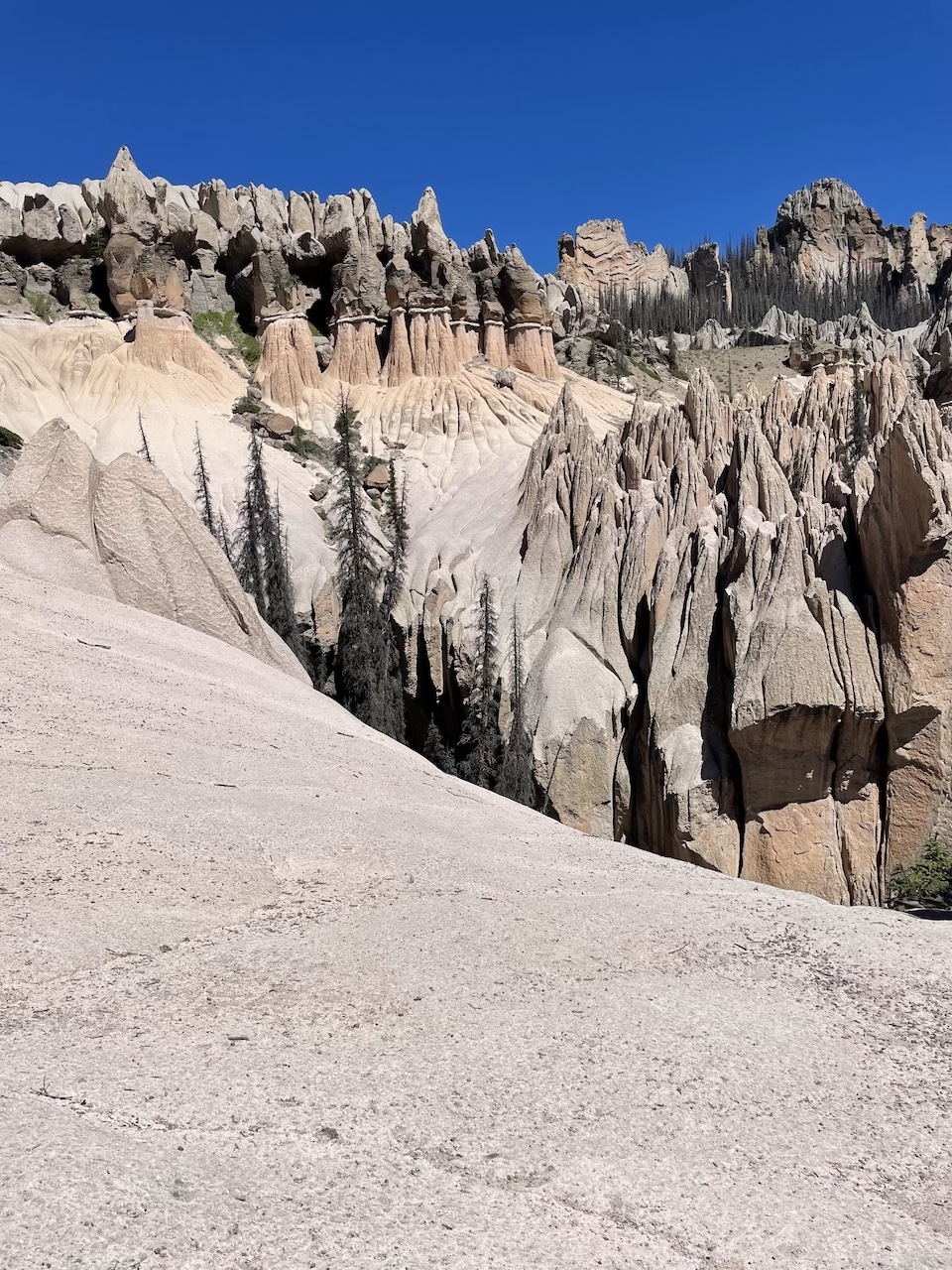
Tip: If you have a 4×4, high-clearance vehicle, I highly recommend you add Wheeler Geologic Area to your list when visiting Creede. It is not easily accessed, so it’s less crowded than other off-road routes in Colorado. There is some dispersed camping at the trailhead if you want to make it an overnight excursion.
Telluride


Nestled within the San Juan Mountains in a box canyon lies the renowned Colorado ski town of Telluride. While the ski resort is a major draw, the town’s captivating downtown emerges as another one of my favorite main streets in Colorado.
Why I love it: I LOVE Telluride because of its unique location. Take a stroll down Colorado Avenue, Telluride’s main street, and you’ll see why. Lined with historic buildings and graced by the iconic Ajax Peak towering over the eastern end, stands as one of the most frequently captured images in the state. Take the Telluride gondola, it’s FREE, to easily get from downtown to the ski area.
Catch several hikes from in town, such as the Cornet Falls trail, Bear Creek trail, and the iconic Bridal Veil Falls trail. And if you enjoy outdoor music festivals, then the Telluride Blues and Brews Festival is a must.
Want more tips about what to do in Colorado and other small-town favorites? Sign up for my monthly travel newsletter to get all the intel.
Ouray
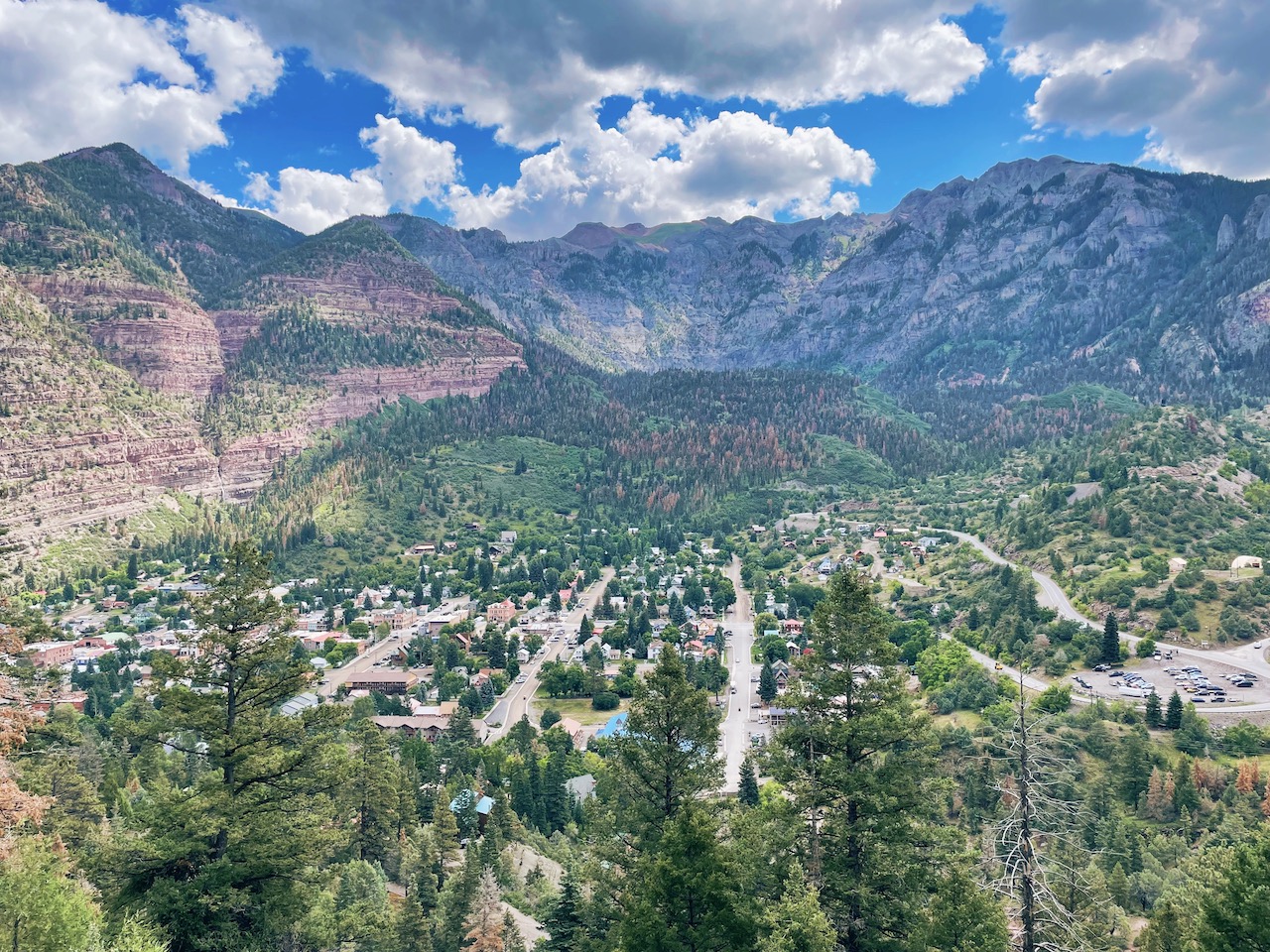
Not far from Telluride is the Colorado mountain town of Ouray, better known as the “Switzerland of America.” Ouray is a picture-perfect town located in the heart of the San Juan Mountains, surrounded by jagged snow-capped peaks and cascading waterfalls. Visitors come to admire its beauty, soak in its hot springs, ice climb in the winter, and walk the streets of its historic downtown.
Why I love it: Ouray’s main street cuts through the center of town and is part of the legendary Million Dollar Highway that stretches between Silverton and Ouray. The entire street is registered as a historic district with its Victorian-era buildings converted into local shops, restaurants, and bars.
Tip: For the best views of town, hike the popular Perimeter Trail that follows the periphery of town from the mountains above. The trail is accessed from several parts of town, but the primary starting point is at the Visitor Center at the north end.
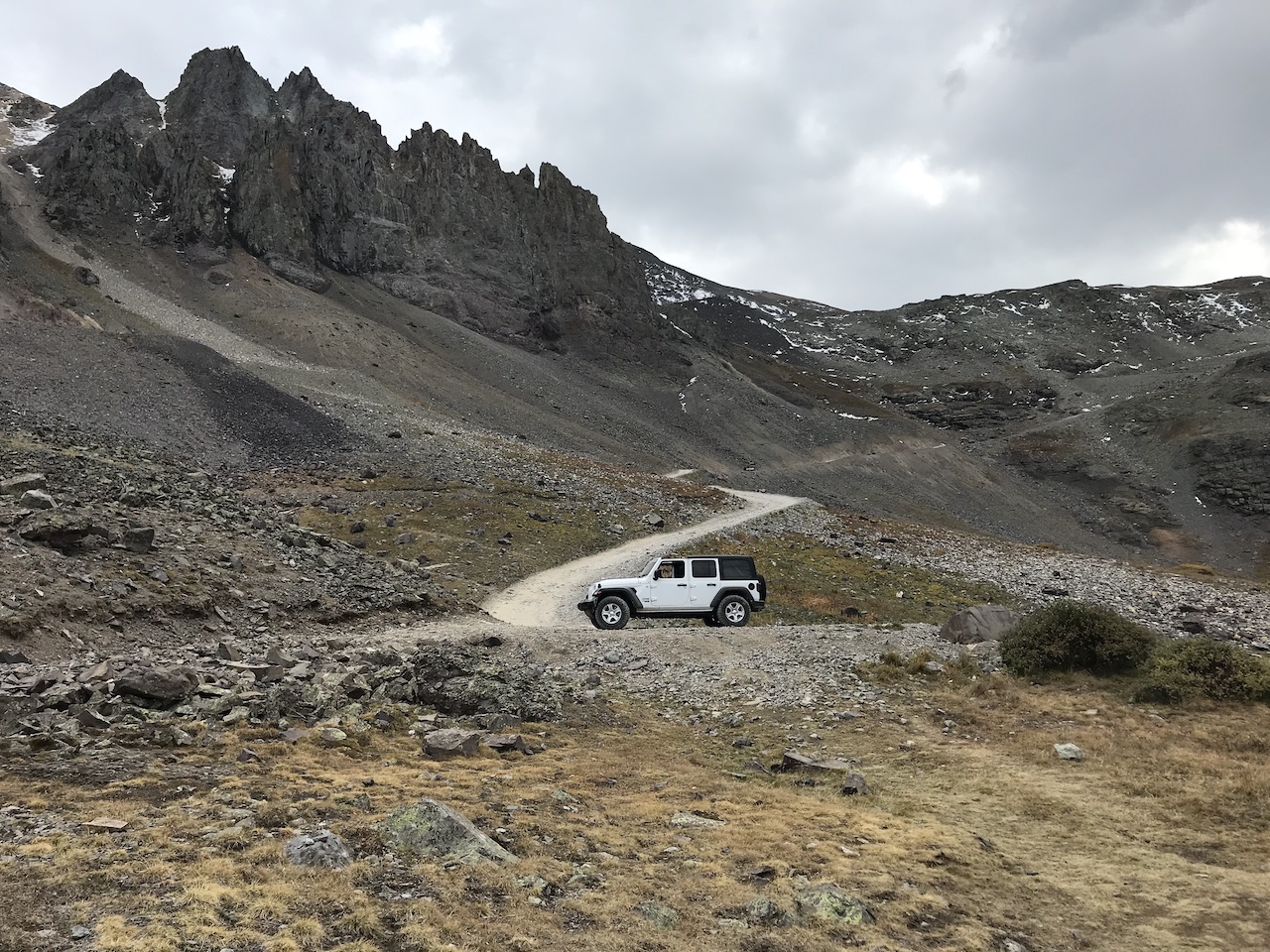
Bonus Tips: Drive a 4×4 vehicle (outfitters in town and Telluride offer Jeep rentals), along Imogene Pass. This 17-mile route connects Telluride and Ouray. From here, you get incredible views of the scenic San Juans, Bridal Veil Falls, and the area’s historic mines.
Silverton

Transport yourself back to the Wild West by exploring the Colorado mountain town of Silverton – another historic mining town along the picturesque Million Dollar Highway. Recognized as a National Historic District, Silverton’s main street, known as Green Street, cuts through the heart of the town, providing a swift journey into its rich past.
Why I love it: Green Street, the only paved street in town, is a standing testament to Silverton’s mining history, with notable landmarks like the Grand Imperial Hotel, the town hall, and the Mining Museum. If you want to experience the town’s history, stay at the Grand Imperial Hotel. Or if you are looking for something a bit more modern, stay at the Wyman Hotel.
If you’d rather camp, check out the South Mineral Campground. This sits next to the parking lot and trailhead for the popular Ice Lakes hike (one of my favorite hikes in Colorado). There are also a few dispersed camping spots along the South Mineral Creek Road.
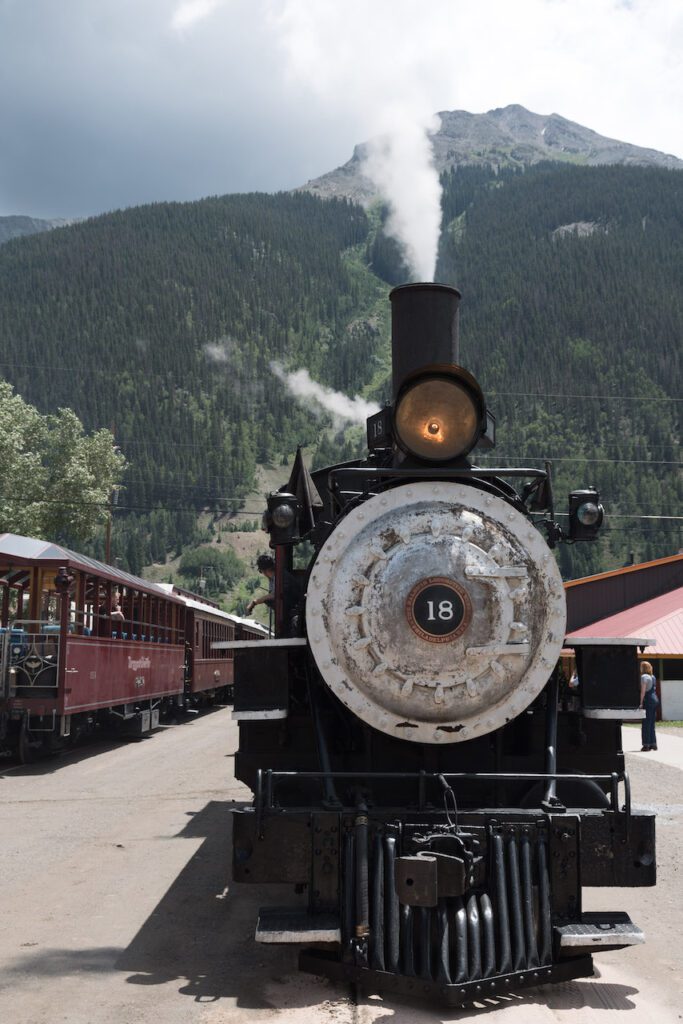
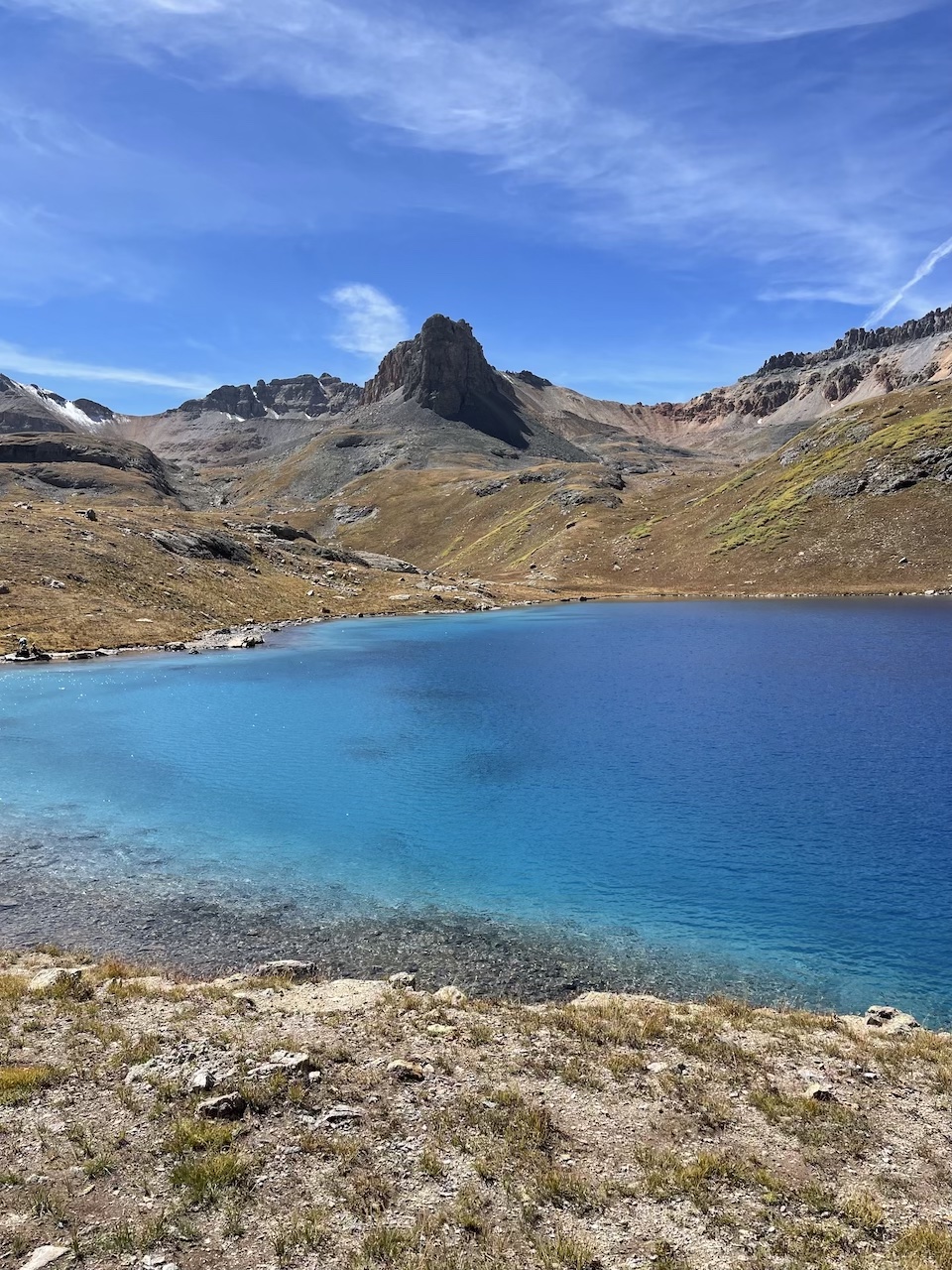
A popular activity in Silverton is to hop aboard the Silverton and Durango Narrow Gauge Railroad to take the 3.5-hour train ride between these two towns. Most people book one of their overnight packages and stay the night in Silverton while heading back to Durango the next day.
Minturn
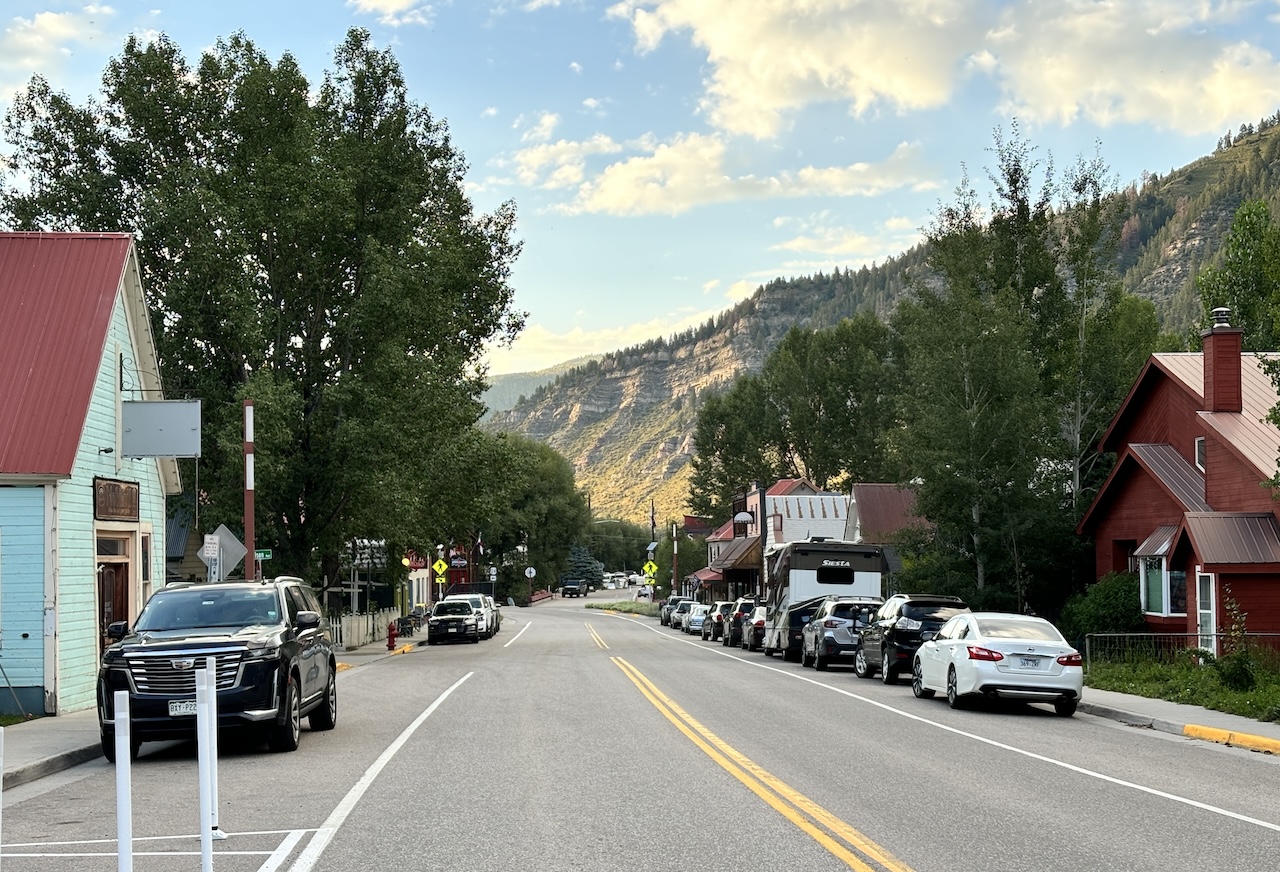
Nestled along HWY 24, the town of Minturn is a nice alternative to the often over-crowded and over-priced Vail. While I would never compare the two, as they are completely different, I think Minturn is a great summer getaway in that area without the hustle and bustle.
Why I love it: Aside from its casual, small-town vibe, I love the plethora of choices for food and drinks. Geographically, the town is not big, at only eight miles long. You wouldn’t believe the number of restaurants and bars this place packs in.
Be sure to stop in for Thai food at the Thai Kitchen, grab some tacos at the Rocky Mountain Taco, drinks at Sunrise Minturn, and cap it off with a beer at the Minturn Saloon. Its latest addition is the refurbished Eagle River Inn, easily one of my favorite places to stay in Colorado.
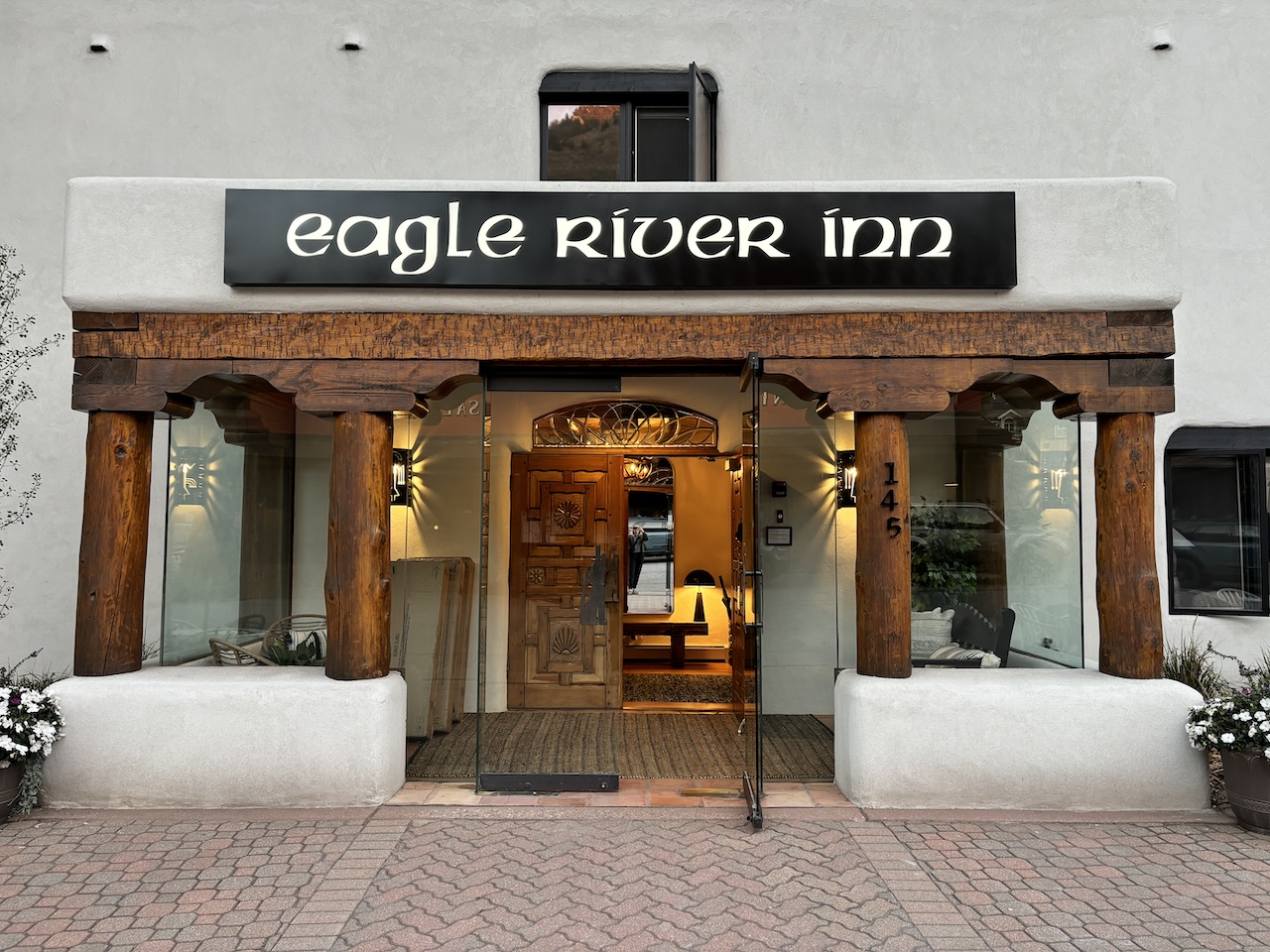
Surrounded by the White River National Forest, there are plenty of trails for hiking and biking nearby. I hiked (most, not all) of the Cross Creek Trail, with beautiful views of Mount of the Holy Cross.
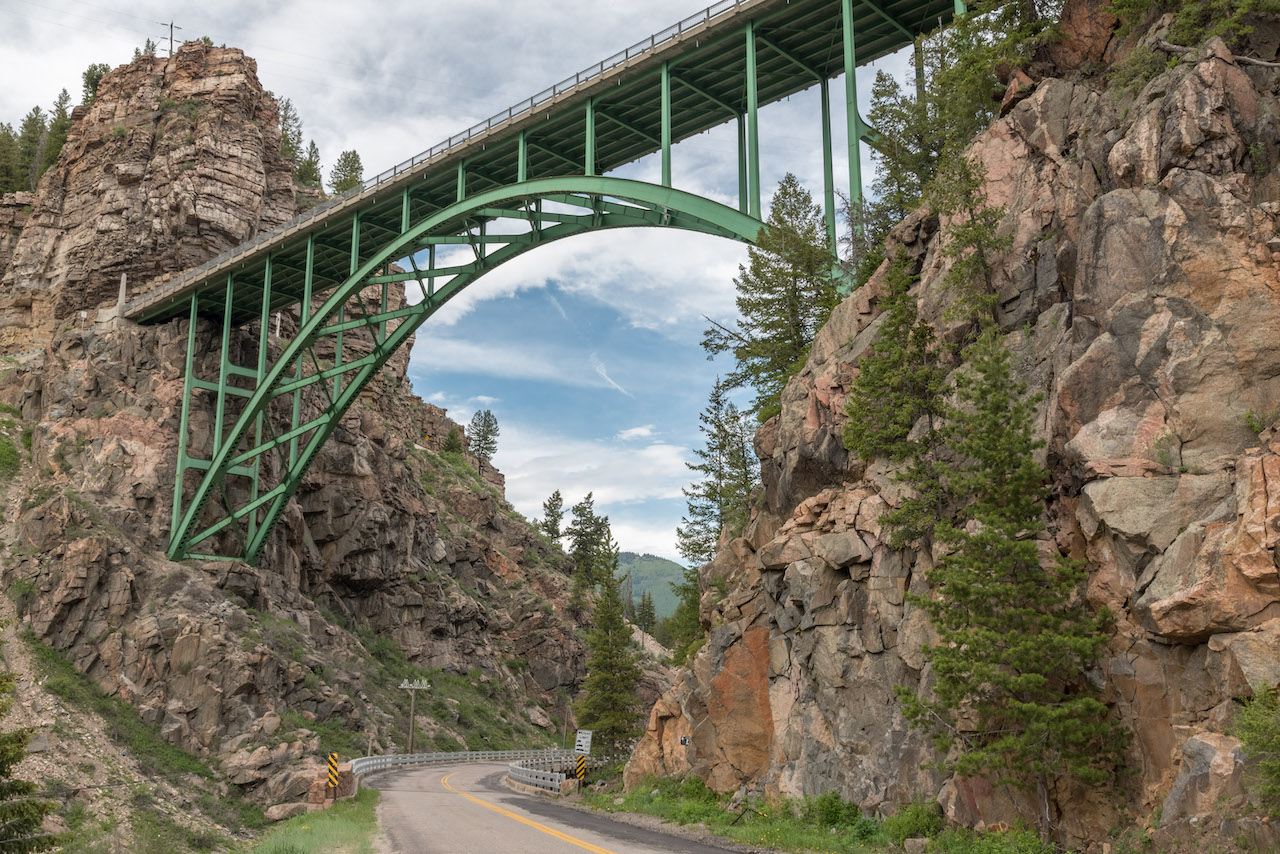
Tip: Keep driving south along HWY 24, past Minturn, and you will come across the tiny town of Red Cliff. Its entrance is anchored by the beautiful Green Bridge that extends over the highway and Eagle River. As far as I can tell, there is still only one place to stay, and that is the Green Bridge Inn. It’s a cute historic hotel that offers a map of a self-guided historic tour of town.
Bonus Tip: Red Cliff is also accessible from Vail, via Shrine Pass – a 12-mile dirt road open in summer to vehicles and great for cross-country skiing in winter.
South Park City
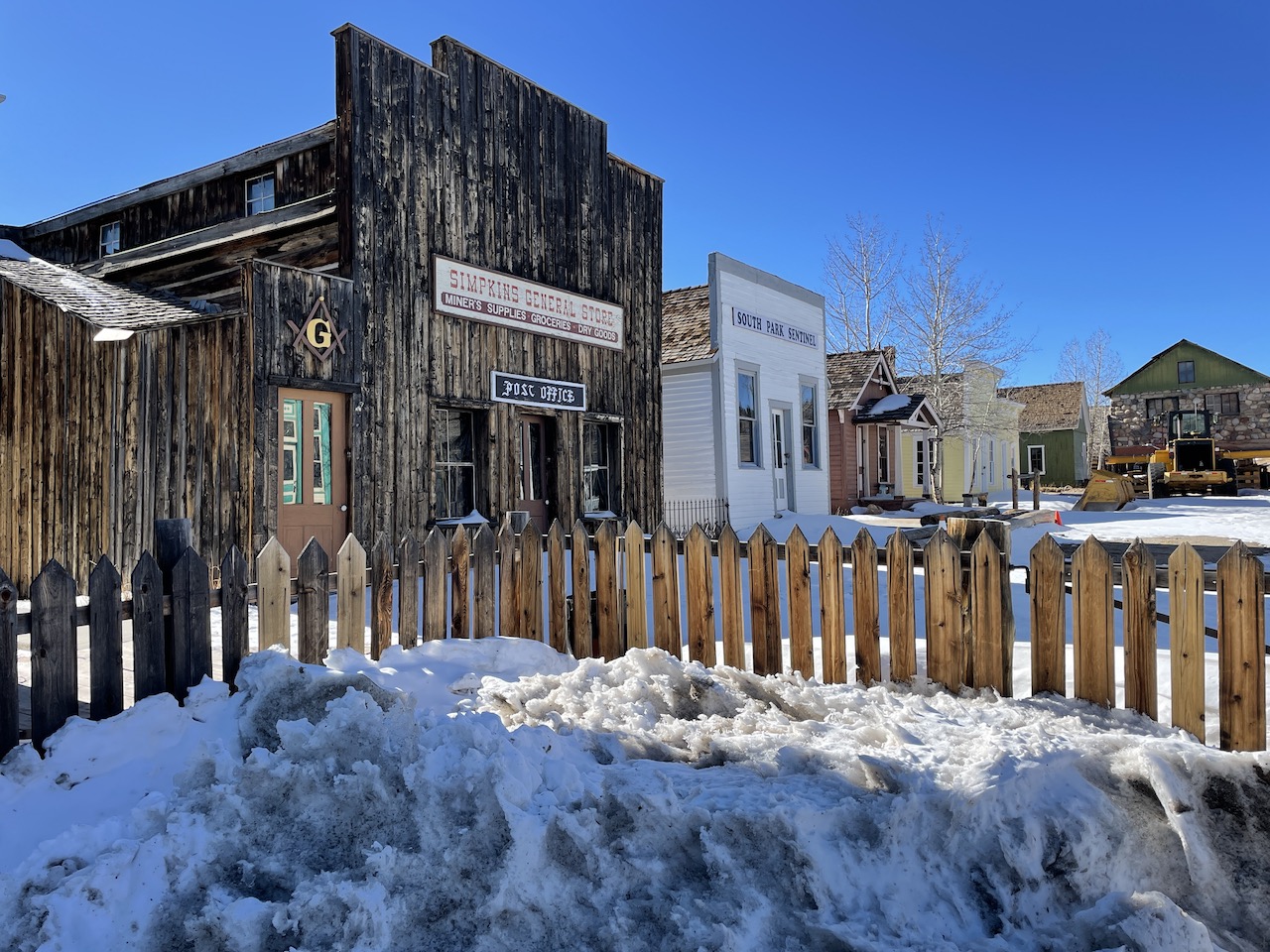
South Park City, Colorado, not to be confused with the animated television show of the same name, or South Park County, is a tiny town with big character. Located in Fairplay, Colorado, South Park City is technically considered an open-air museum.
Why I love it: Visiting South Park City is truly like stepping back in time during the days of the Wild West. The open-air museum represents what an old mining town from 1860 to 1900 would have looked like. Over 40 authentic buildings filled with thousands of artifacts were transported here to re-create this mining town. While several of the buildings are original to the site, most were collected from abandoned mining towns in the South Park area.
Tip: Fairplay is located off of HWY 285, and just 10 miles north is the even smaller town of Como. It’s on the verge of being a complete ghost town, except for the few residents who still live there. From here (near the town’s cemetery), there is access to Boreas Pass, which connects you to Breckenridge. This is one of my favorite mountain passes to drive in the fall with the colorful foliage.
Breckenridge
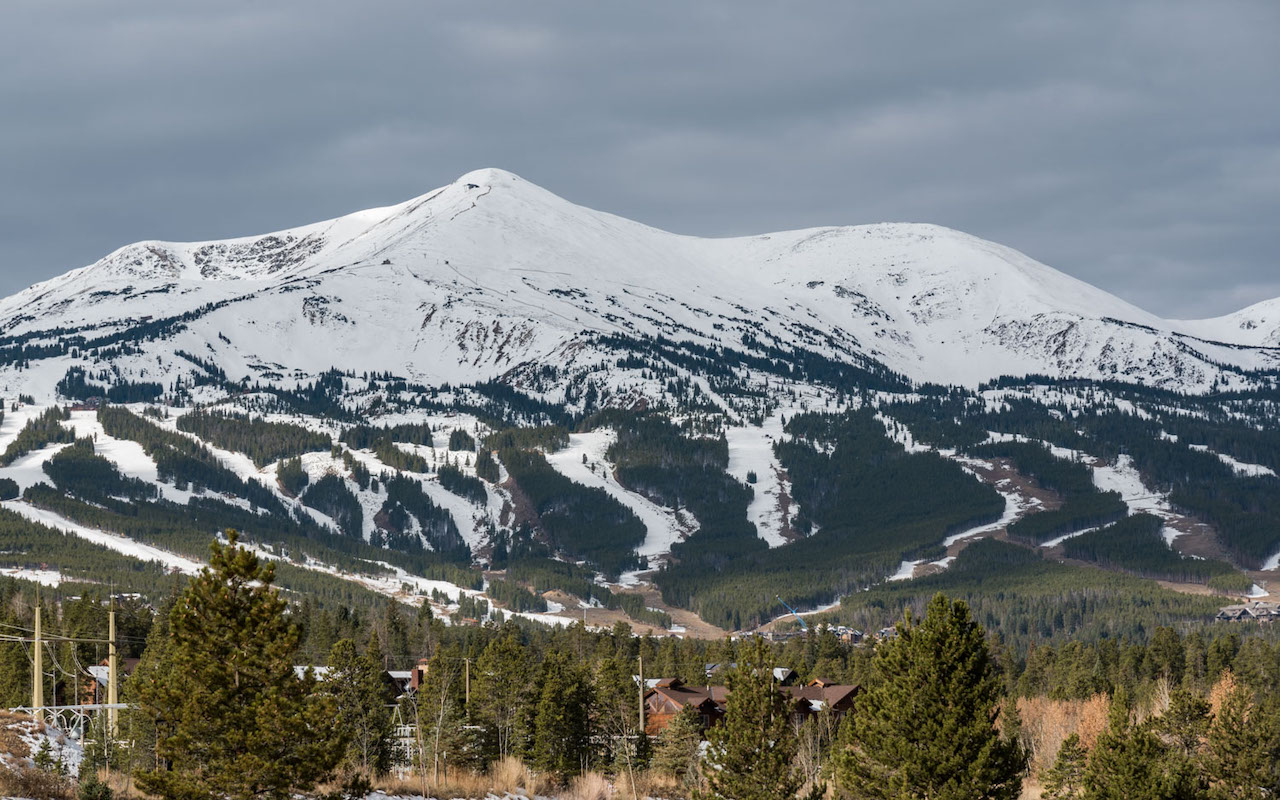
Dating back to 1859, Breckenridge initially flourished as a mining town before transforming into one of the nation’s beloved hubs for skiing and outdoor activities. Beyond its identity as a ski destination, Breckenridge boasts one of my favorite downtowns. Its historic streets are bustling with people, bars, and restaurants – all perfectly suited for a vibrant après-ski experience.
Why I love it: Aside from the fact that I learned to ski on the slopes in Breckenridge, I instantly fell in love with its ski-town vibe and historic aspect. Nearby ski resorts like Vail and Keystone (which are great!) just don’t offer the rich history or uniqueness that Breckenridge does.
Pagosa Springs
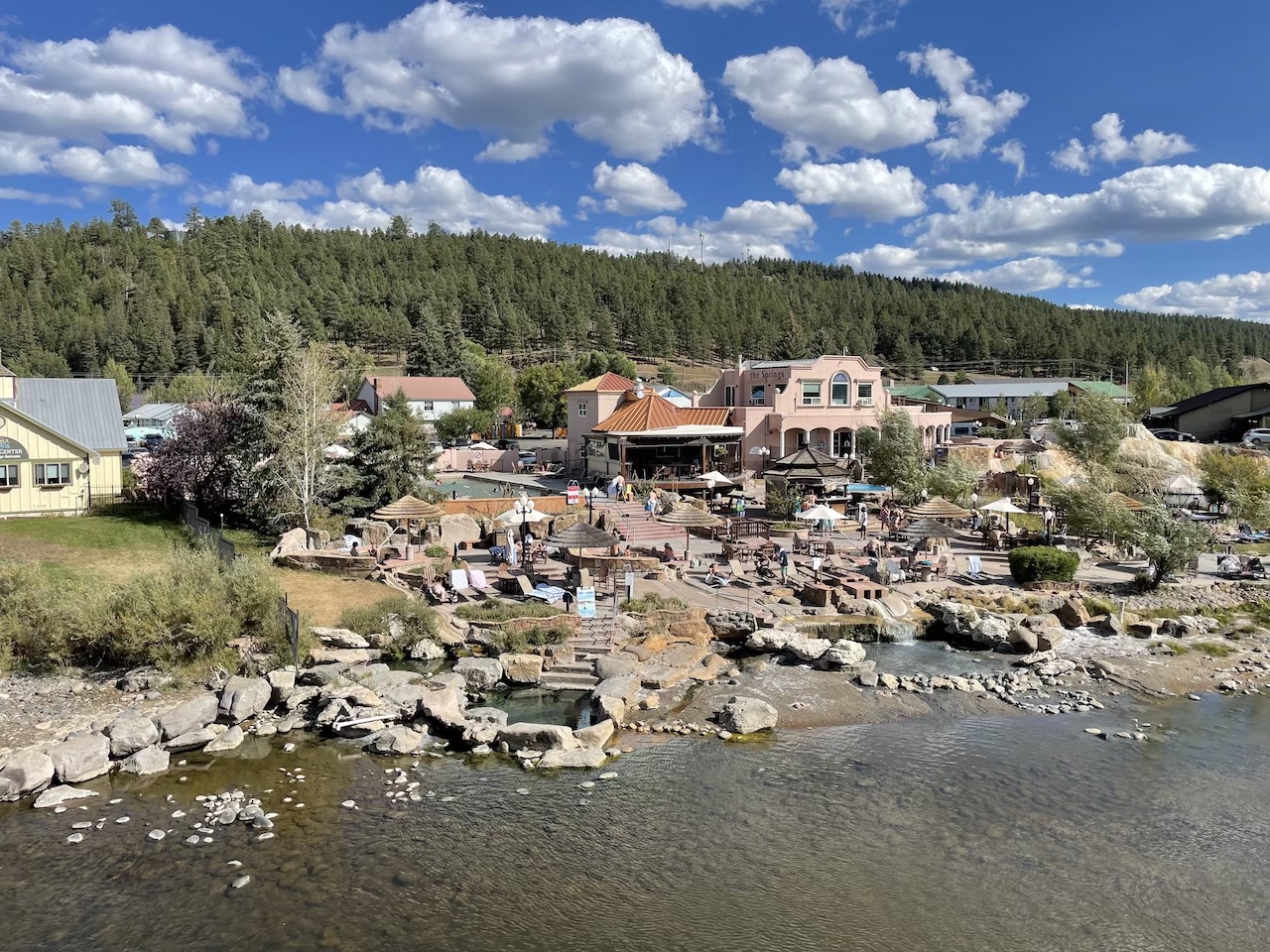
Nestled in the heart of the San Juan Mountains in southwestern Colorado, Pagosa Springs is a picturesque town known for its geothermal hot springs. The town is home to the world’s deepest geothermal hot spring, attracting visitors seeking relaxation and rejuvenation.
Why I love it: It’s the perfect town to play hard and relax even harder. A short drive to Wolf Creek Ski area and surrounded by millions of acres of National Forests and wilderness, outdoor adventures are abundant. Combined with its award-winning breweries and relaxing hot springs, you have the perfect recipe for rest and relaxation.
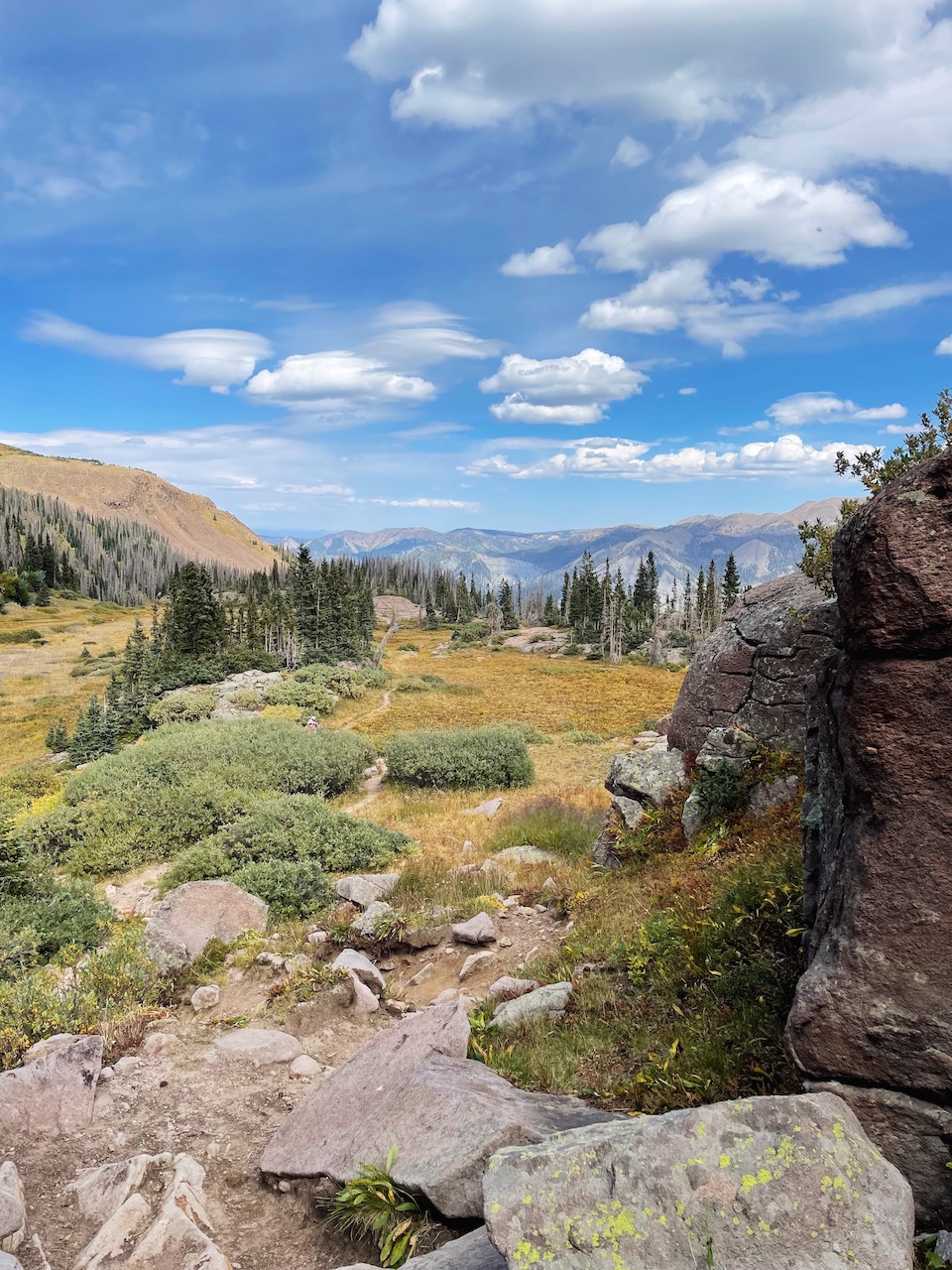
Tip: One of my favorite hikes in Colorado is just outside of Pagosa Springs – Quartz Lake. After your hike, stop in at the Springs Resort to soak in their natural hot springs, then stop in at Riff Raff Brewing for a beer and food on their cute outdoor patio.
Leadville
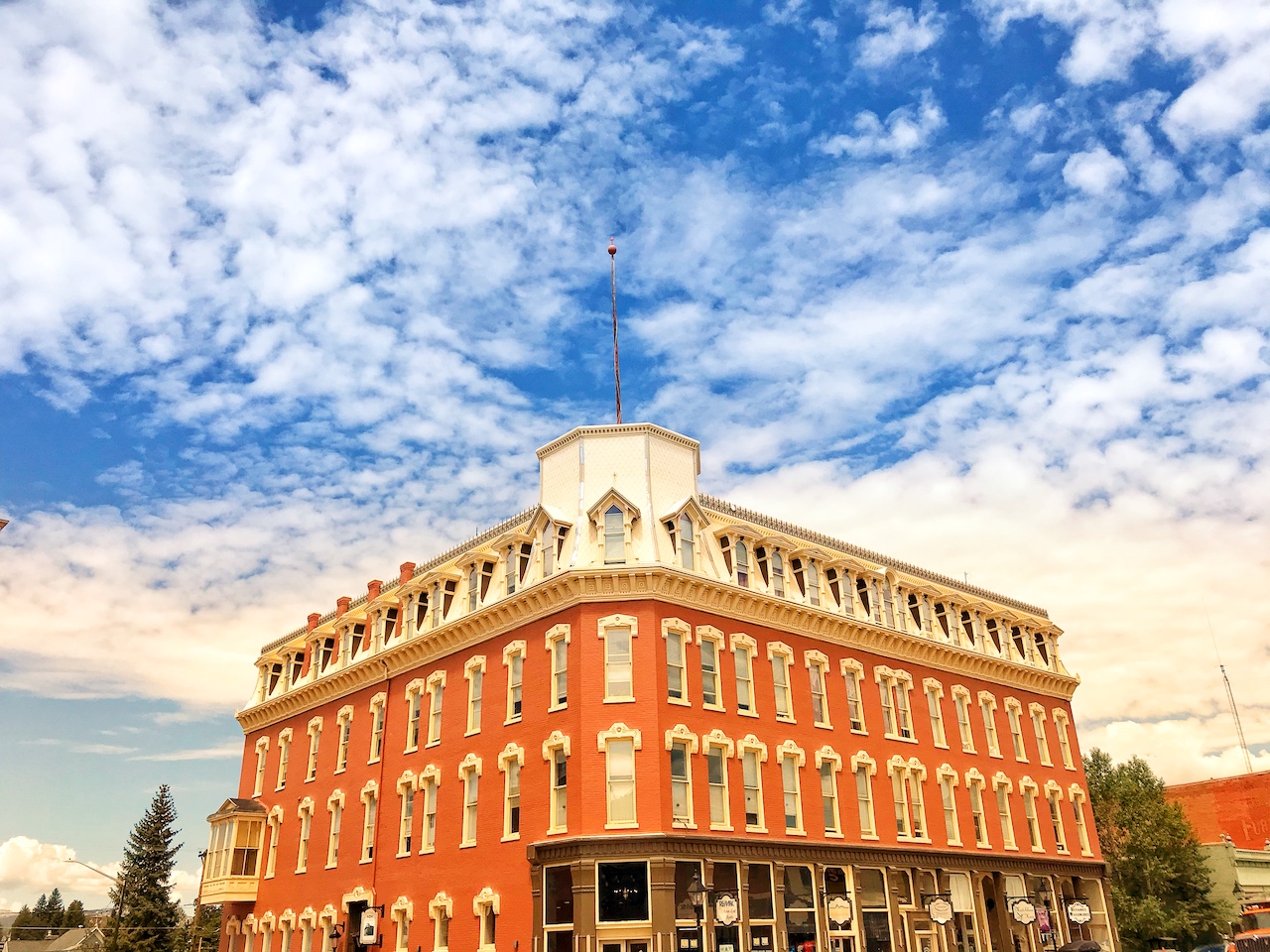
Leadville holds the distinction of being the highest incorporated city in America and is another Colorado mountain town that remains deeply entrenched in its mining heritage.
Why I love it: Its historic downtown is what captured my attention years ago. Spanning approximately 70 square blocks surrounding Harrison Avenue, the town’s main street, much of Leadville is designated as a National Historic Landmark District, celebrated for its abundance of Victorian architecture.
Beyond its historical significance, visitors will discover an array of art galleries, restaurants, breweries, and more. Notable among these historic structures are the largest opera house west of the Mississippi, a saloon frequented by Oscar Wilde, and two well-preserved historic churches.
The rich history of Leadville is further revealed through its eight museums, including the Leadville National Mining Hall of Fame Museum, the Heritage Museum, and the Healy House Museum.
Tip: I always eat at the Tennessee Pass Cafe. They have great food and drinks, plus a nice outdoor area that usually has live music in the summer. And my favorite place to grab coffee and breakfast is the Silver Llama Market & Eatery.
Westcliffe
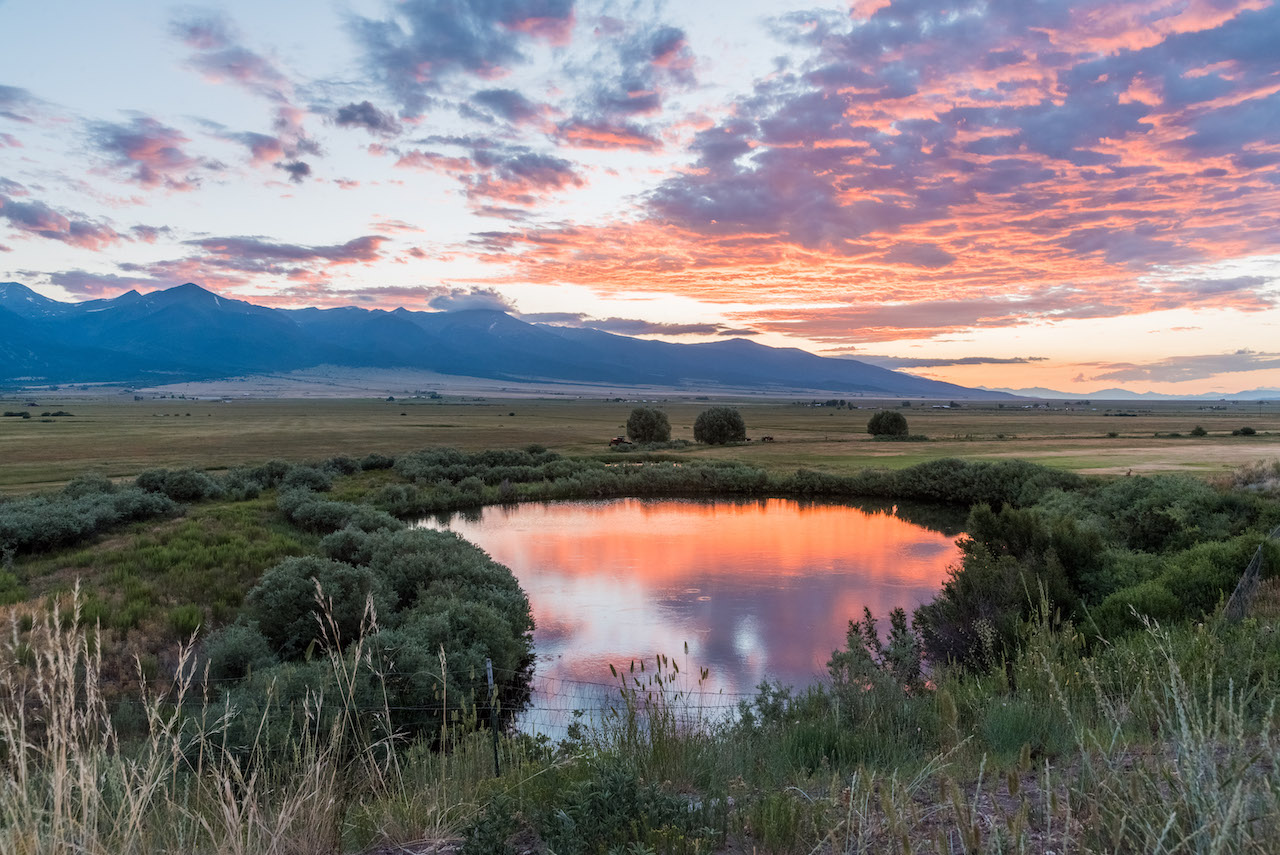
Ask anyone who knows me, and they’ll tell you, that when asked what my favorite Colorado mountain is, I’ll say Westcliffe. Originally a railroad town for the Denver and Rio Grande Western Railroad, Westcliffe now serves its community and travelers with epic mountain views and a true taste of Colorado.
Why I love it: What don’t I love about Westcliffe? Anchored in the Wet Mountain Valley, just two hours and 45 minutes southwest of Denver, with the Sangre de Cristo Mountains as the town’s picturesque backdrop, the scenic views are unlike any other you’ve seen in Colorado. Seriously, I don’t know where you can get a more expansive mountain view than from Westcliffe.
Its main street fills in with a few restaurants, pubs, and one of my favorite places to stay in all of Colorado – the Courtyard Country Inn. Plus, it is the first community in Colorado to receive a Dark Sky designation, making it one of the best places for stargazing in Colorado.
Read my full guide about what to do in Westcliffe, CO.
Carbondale
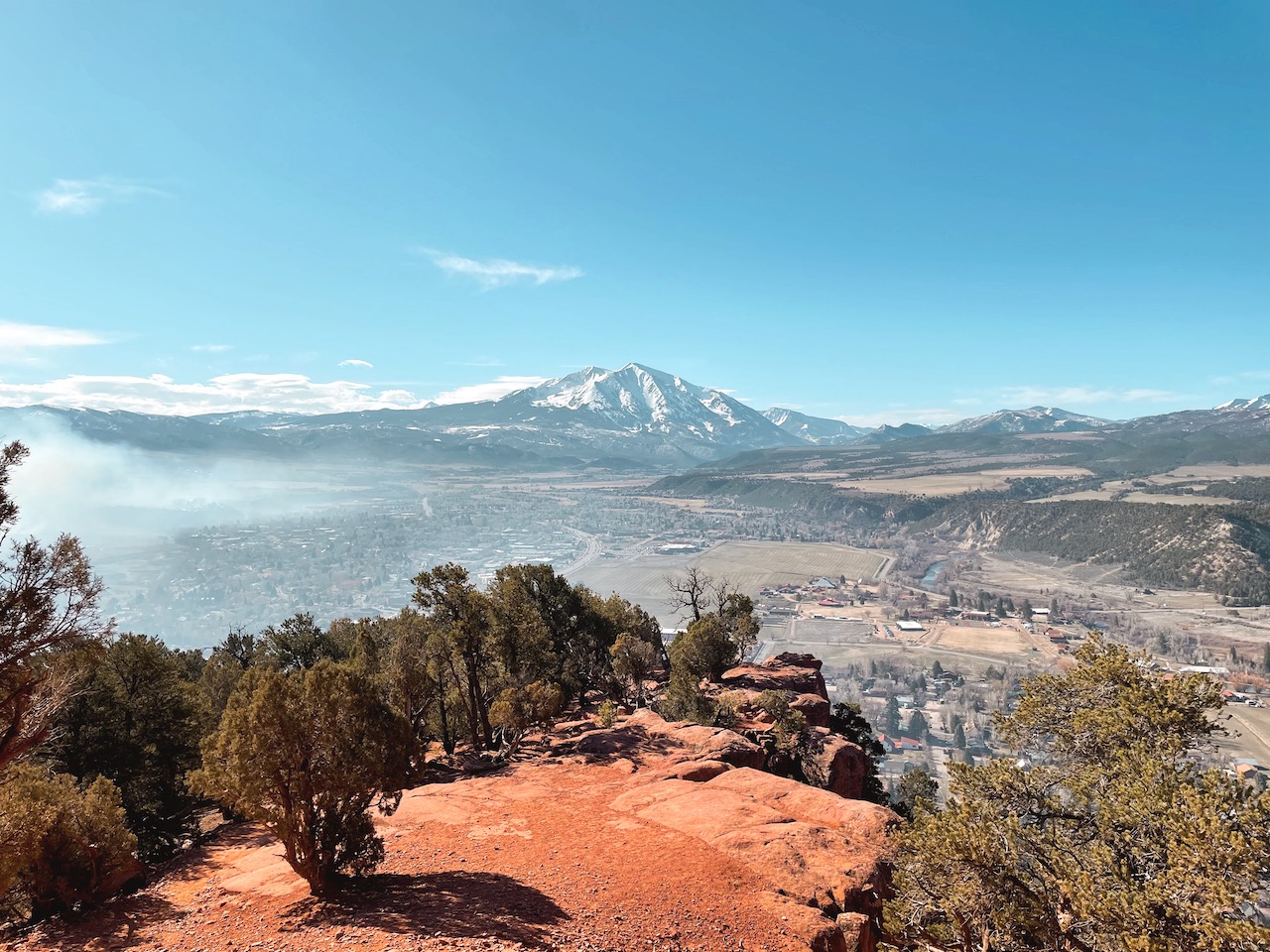
On your way to Aspen, you’ll pass by the small town of Carbondale. Located in the Roaring Fork Valley, Carbondale embodies the spirit of Colorado mountain living.
Why I love it: Carbondale feels like a nice reprieve from the traffic in nearby Glenwood Springs and the expensive tab you can rack up in Aspen. Find a thriving art scene, farm-to-table restaurants, and in-town access to hiking and biking trails – all complemented by a low-key vibe are all why I love Carbondale.
For more tips about where to eat, stay, and hike, visit my Carbondale travel guide.
Marble
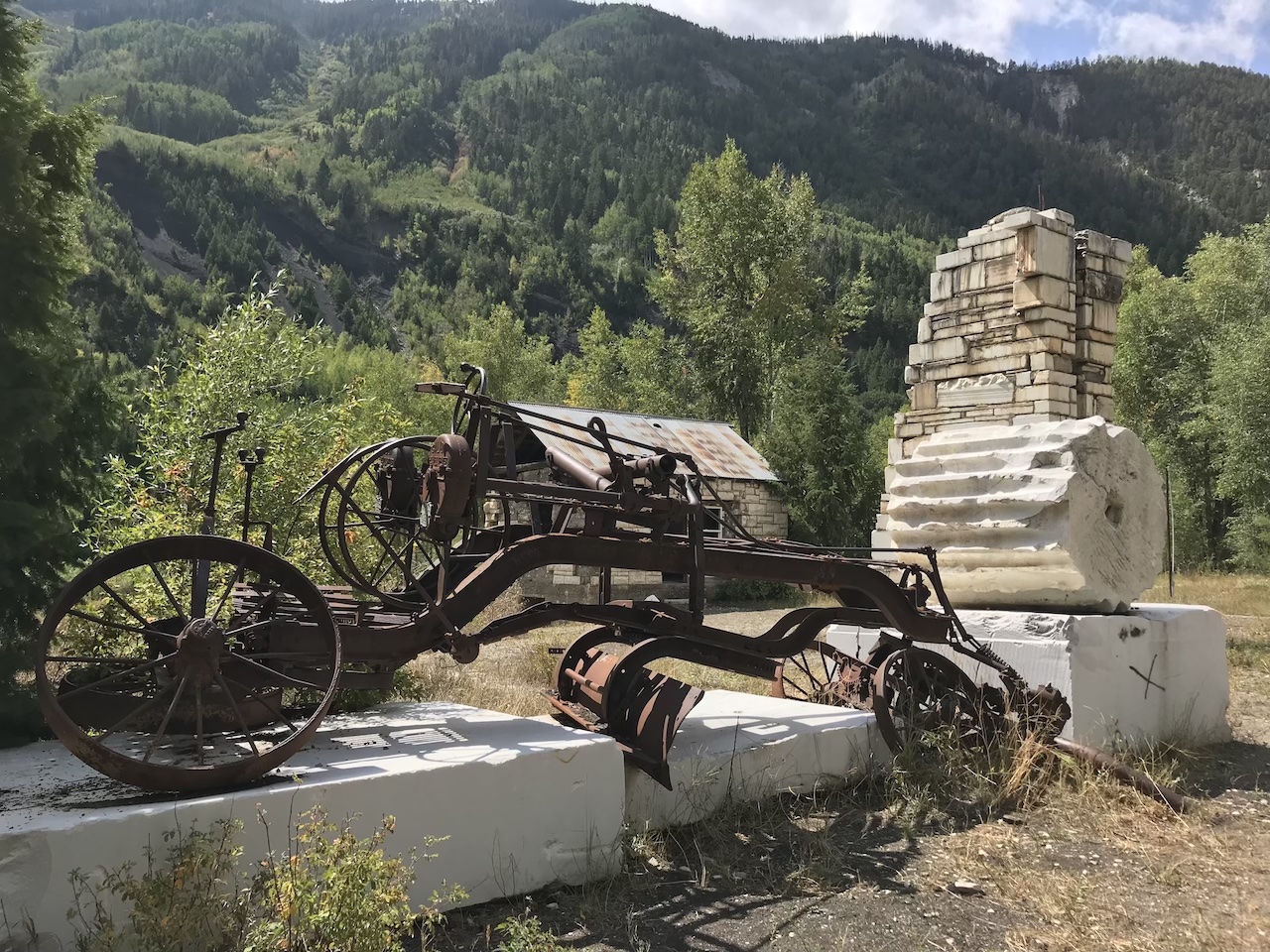
Located several miles off of HWY 133 in Gunnison County, Marble is a cute little mountain town with scenic views and a whole lot of marble.
Why I love it: Made famous by its local marble mines, Marble is, you guessed it, all about Marble. Renowned for its high-quality marble quarries that supplied material for iconic structures like the Lincoln Memorial, Marble offers a unique blend of natural beauty and a unique history.
Most likely, if you are in the town of Marble, it’s because you are on your way to see Crystal Mill. The access road to the historic site was recently closed by the owner due to damage done by tourists. But I would suggest you stay a bit in town and explore the Marble Mill Park where you can see the remains of the old marble mills. It’s one of the more unique things to do in Colorado.
Basalt
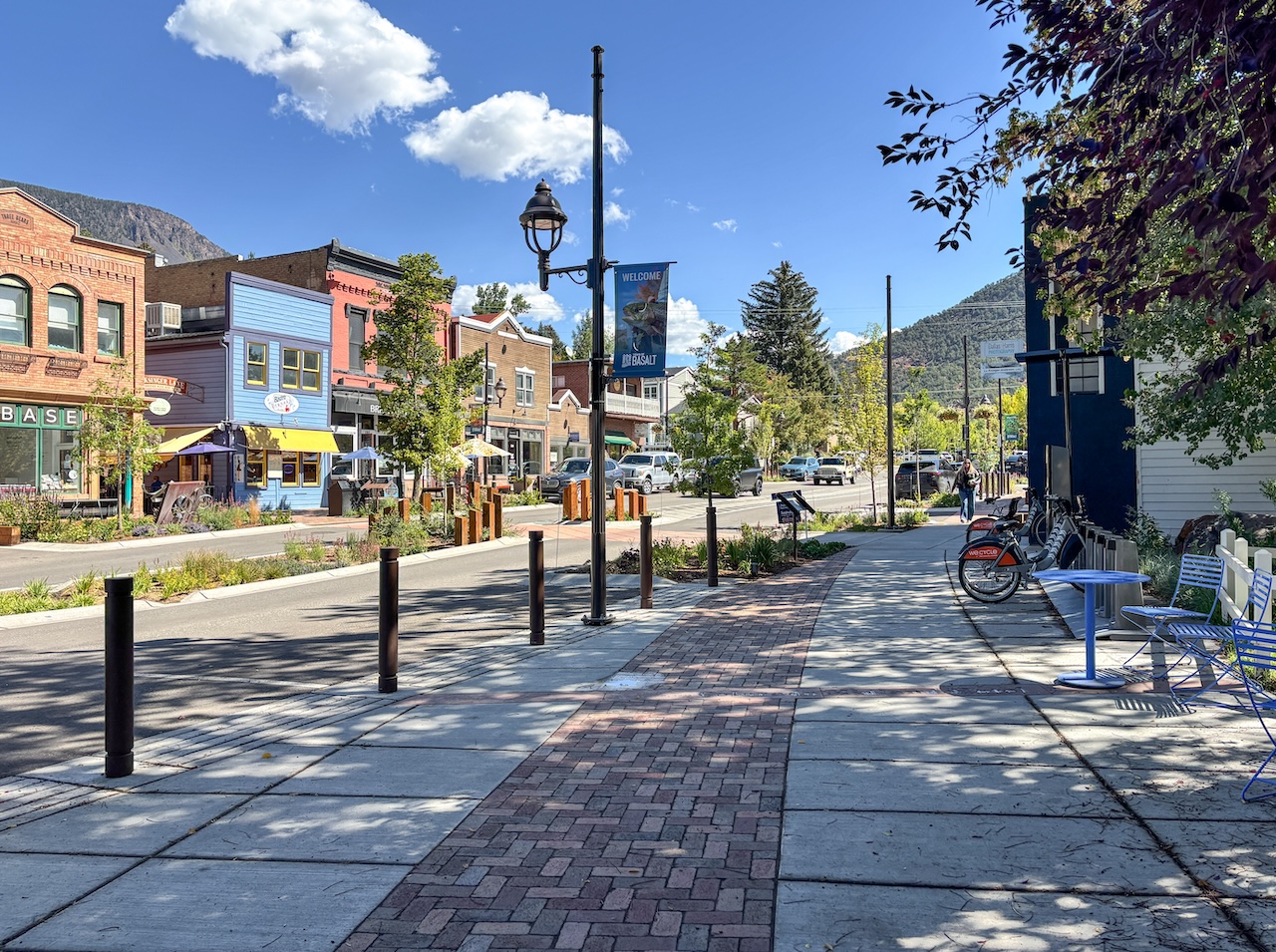
Between Carbondale and Aspen lies the quiet, small town of Basalt. If you asked me about Basalt years ago, I would not have listed it in my list of favorite Colorado mountain towns. But because of Aspen’s expensive price tag, Basalt has seen much growth and is quickly becoming a popular alternative.
Why I love it: Basalt blends in with those traveling between Glenwood Springs and Aspen, a small town you drive through without even knowing it. But not stopping to visit would mean missing out on a few of Colorado’s most iconic destinations.
Nestled at the confluence of the Frying Pan and Roaring Fork River, Basalt’s charming Old Town is filled with historic buildings that now house local restaurants, thrift stores, coffee shops and more. It’s easy to find good food with the more modern side of Old Town at Free Range Kitchen for comfort food you can feel good about. And for a fine dining experience with a bit of history, pull up a seat inside the historic Railroad Hotel at Tempranillo.
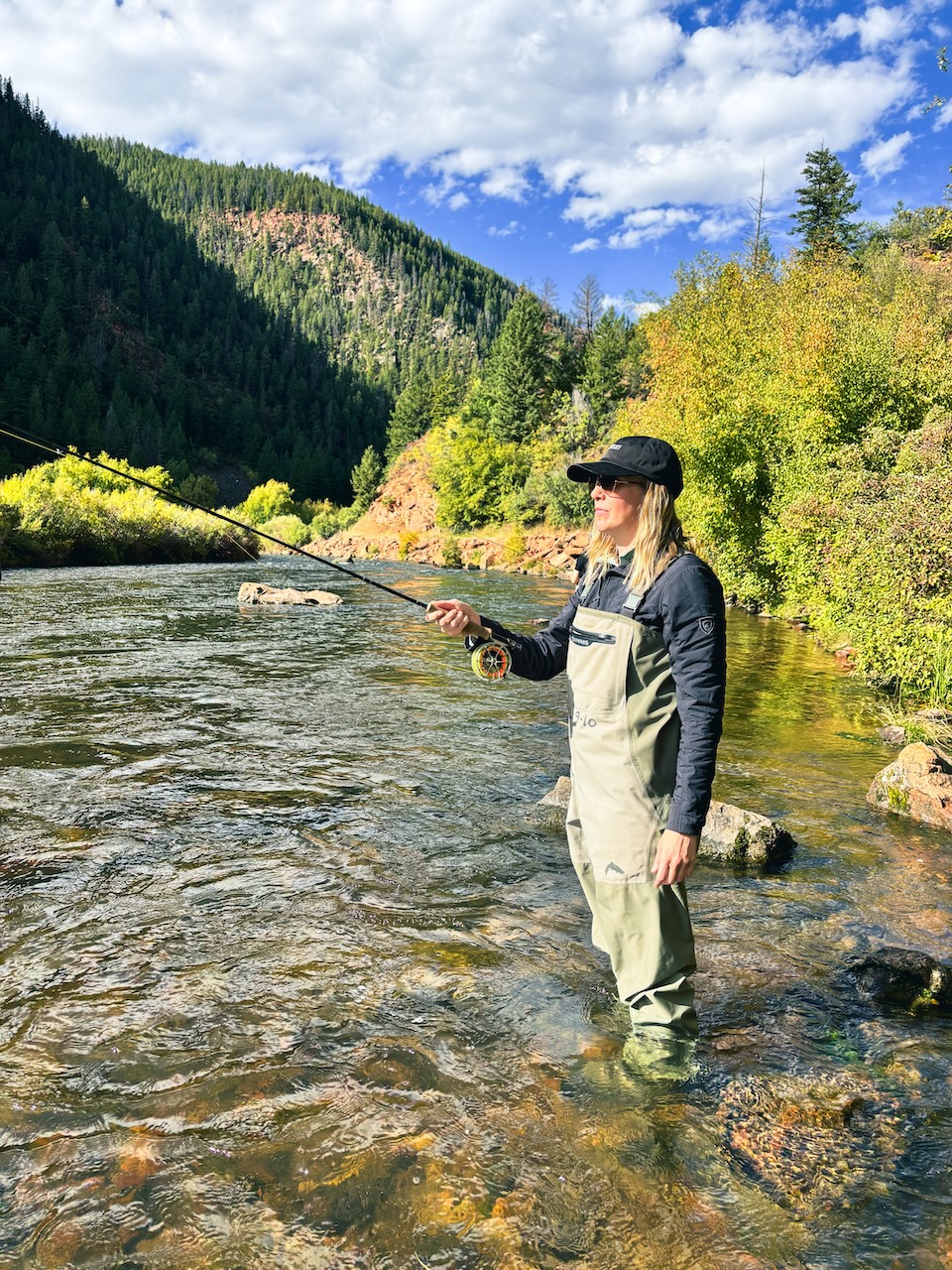
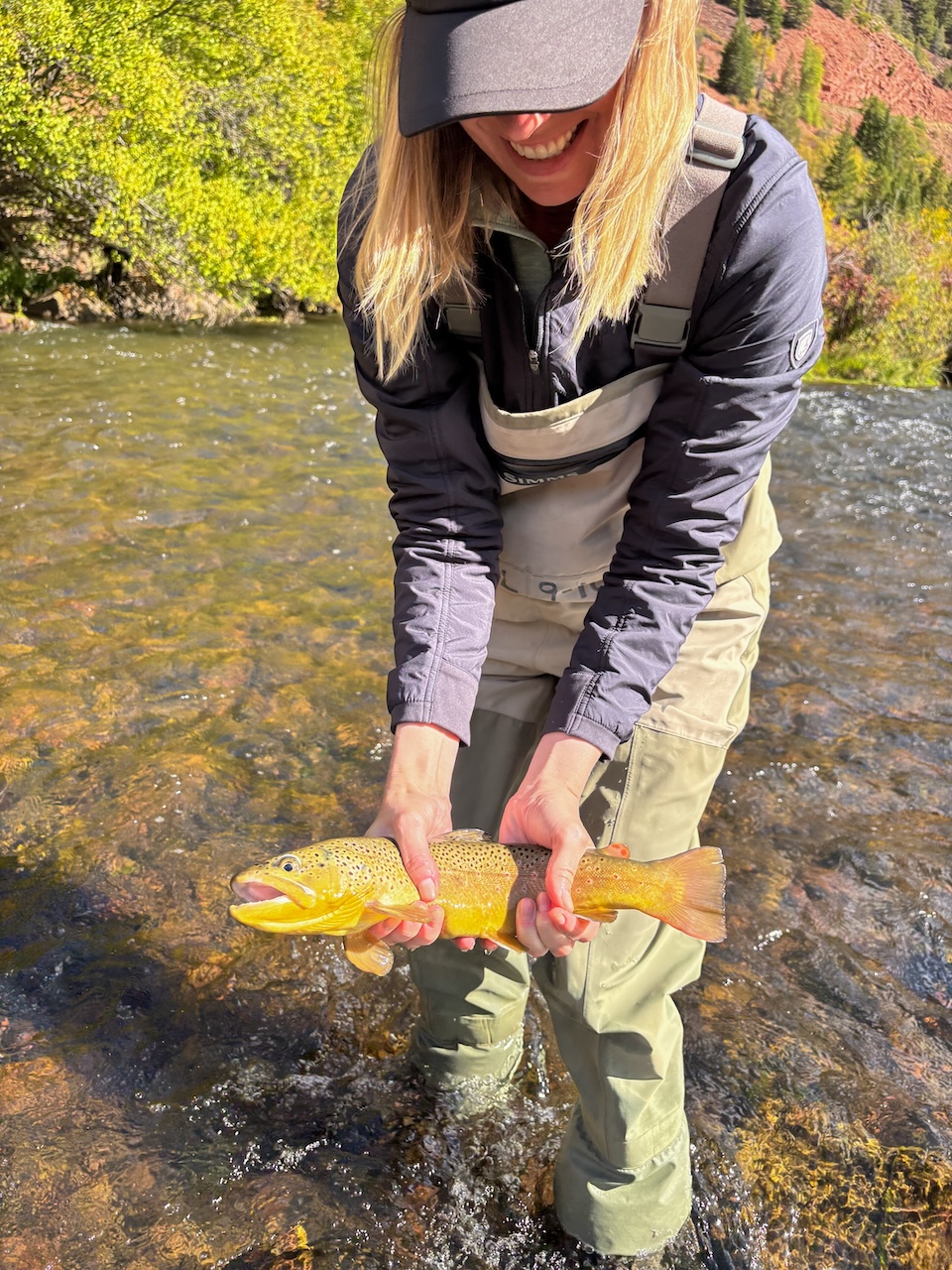
Even if you aren’t an angler, one of the best things to do in Basalt is fly fishing on the Frying Pan River. I couldn’t recommend Taylor Creek Fly Shop enough. They were fantastic in helping with everything from outfitting us with the right gear to expert fly fishing tips that almost guarantee you’ll catch at least one fish.
Another stop to add to the list is, of course, Woody Creek Distillers. Started by a wife-husband duo in 2013, Wood Creek Distillers began with two premium potato vodkas—a nod to the Roaring Fork Valley’s history of growing potatoes—and has grown to offer a variety of premium liquors such as their Colorado Gin and Rye Whiskey.
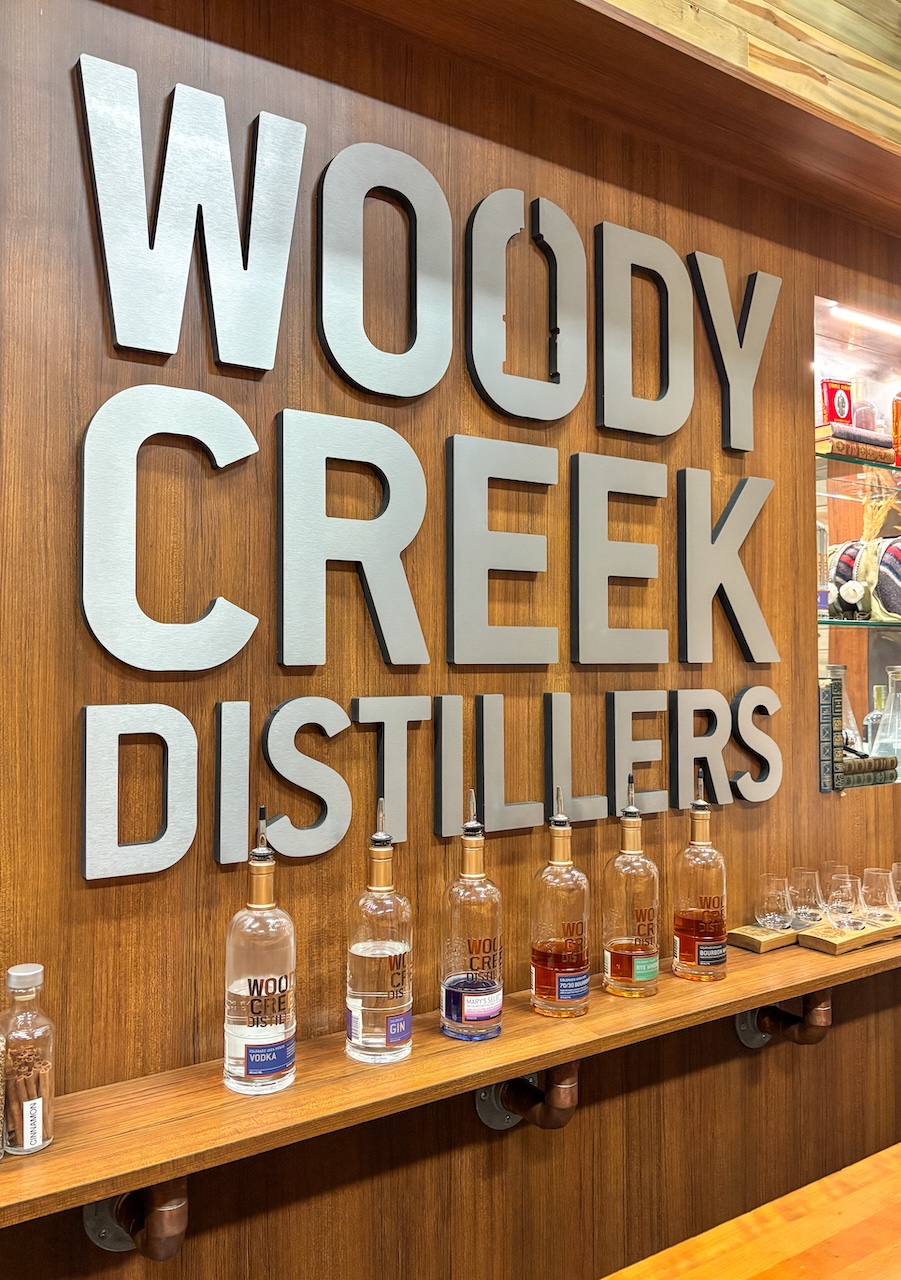
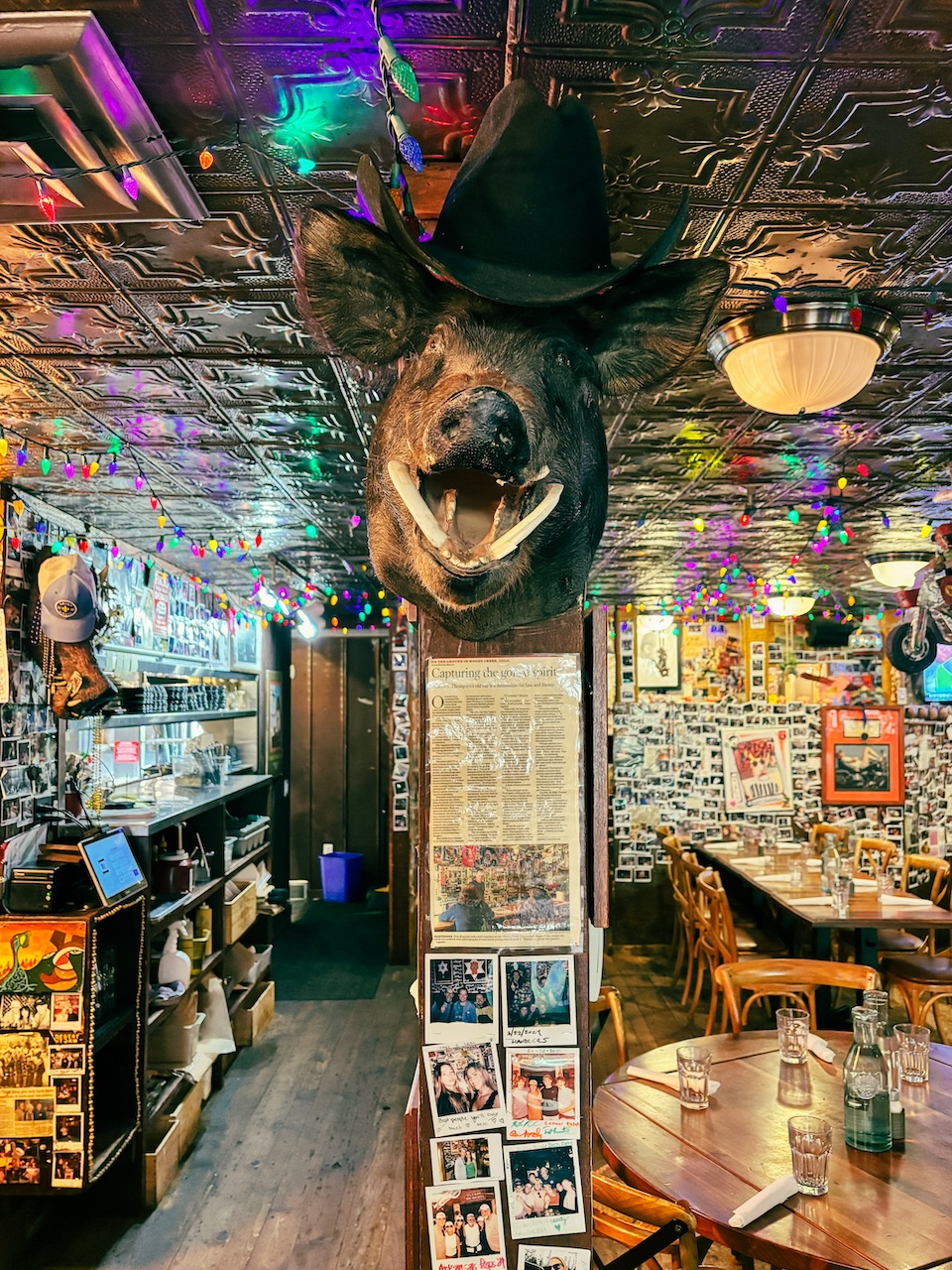
Make sure to also take a side step from HWY 82, along Upper River Road, when driving from Basalt to Aspen to visit one of the state’s most iconic destinations. Sitting along the Roaring Fork River is the famous Woody Creek Tavern, a Colorado icon. The legendary dive bar is known for its eclectic décor, neon lights, and walls plastered with Hunter S. Thompson memorabilia. It was a favorite hangout for the journalist, who lived nearby and often held court there with friends, locals, and celebrities. Today, the tavern remains a pilgrimage spot for fans and a good place to grab lunch and a beer after a long hike or fly fishing.
Tip: Basalt (Aspen as well) makes a great home base when visiting the iconic Maroon Bells—a must-see if you are visiting the area. Shuttle reservations can be made here.
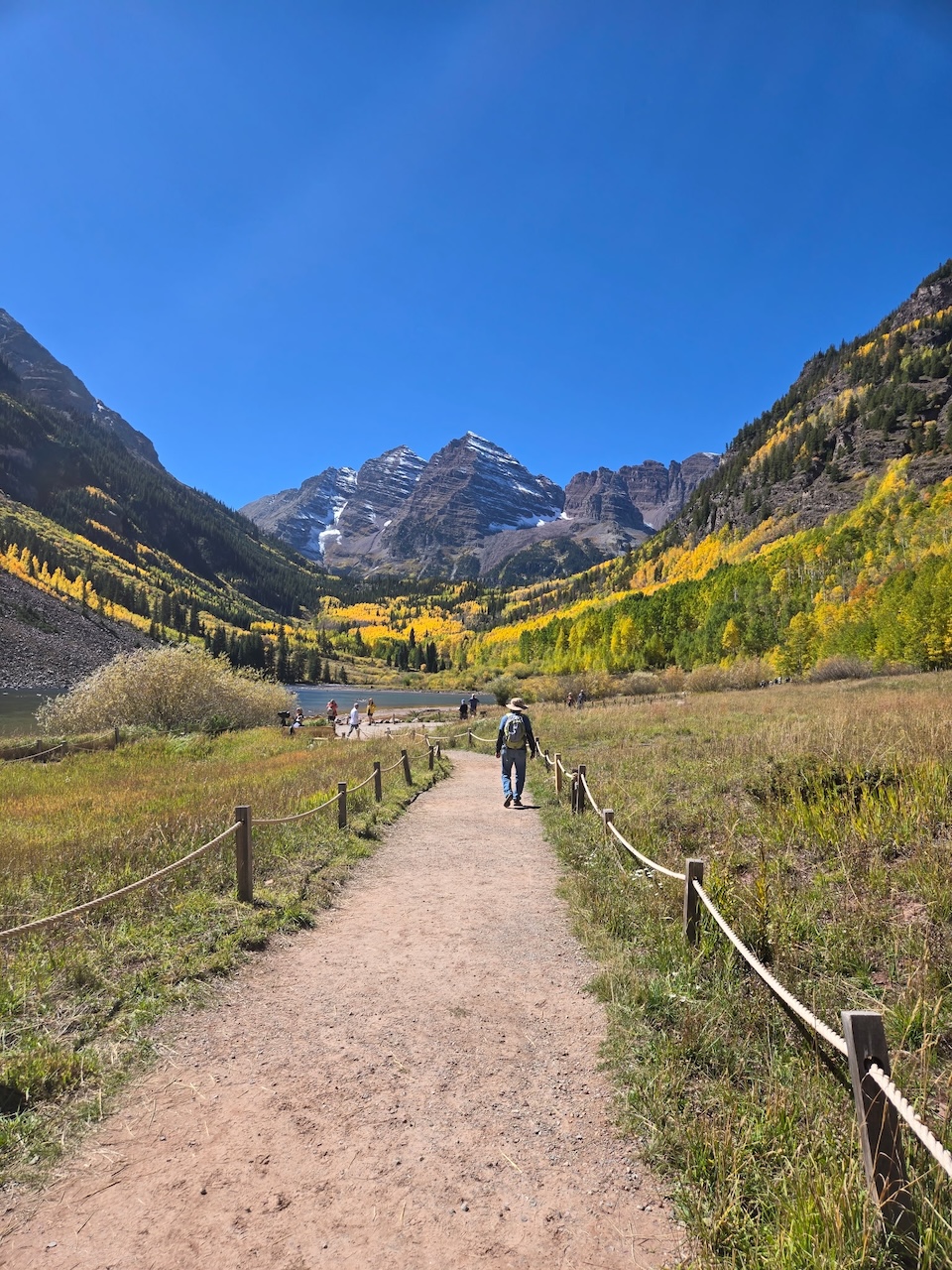
Red Feather Lakes
Tucked away in the pristine wilderness of northern Colorado, Red Feather Lakes is truly a tranquil place that hasn’t yet been overrun with people (a rarity in Colorado these days).
Why I love it: Surrounded by the Roosevelt National Forest, this alpine enclave is dotted with eight scenic lakes that make it a haven for kayaking, paddleboarding, and fishing. Plus, a variety of hiking trails wind throughout the lake’s landscape for those who prefer dry land.
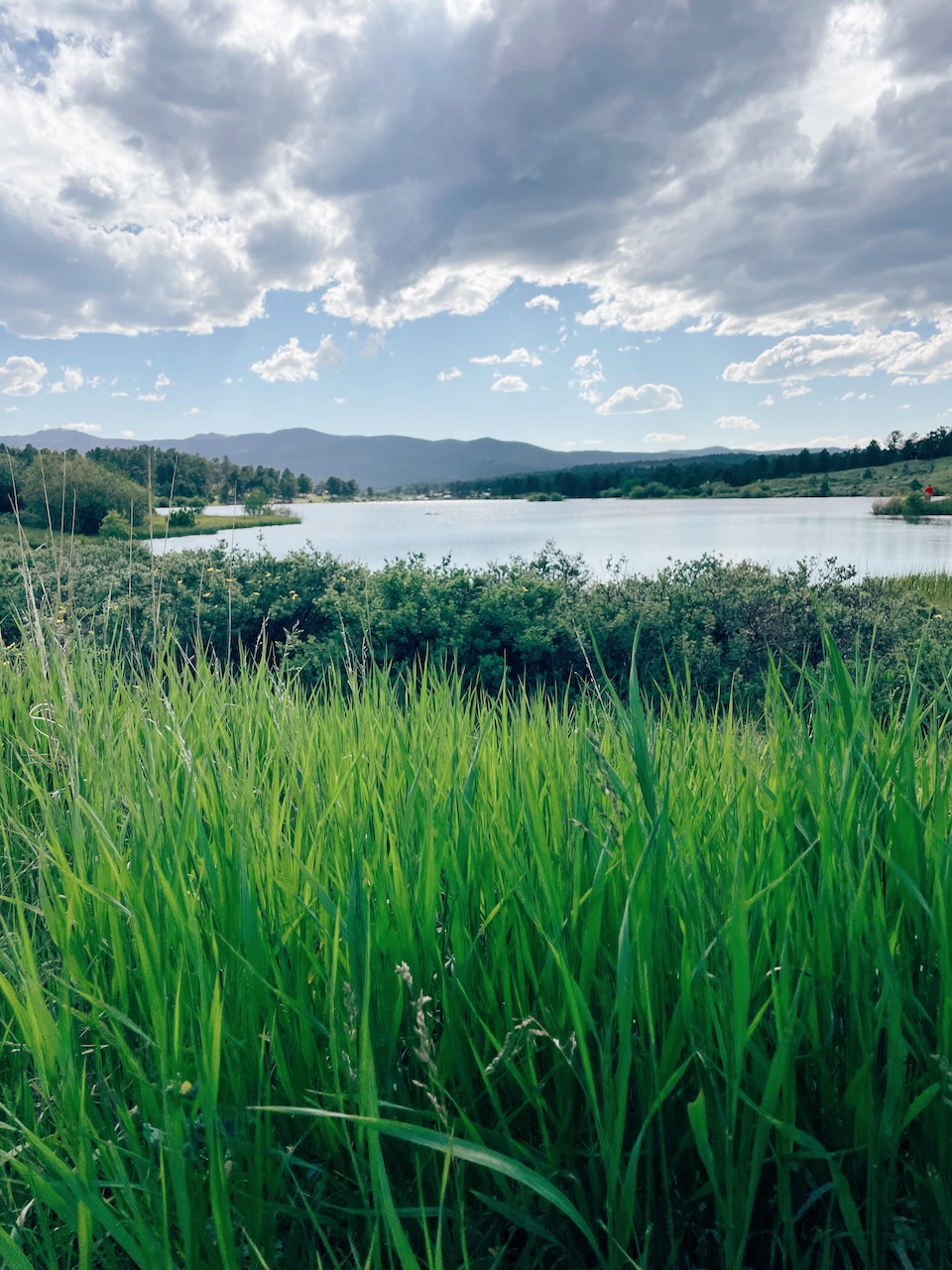
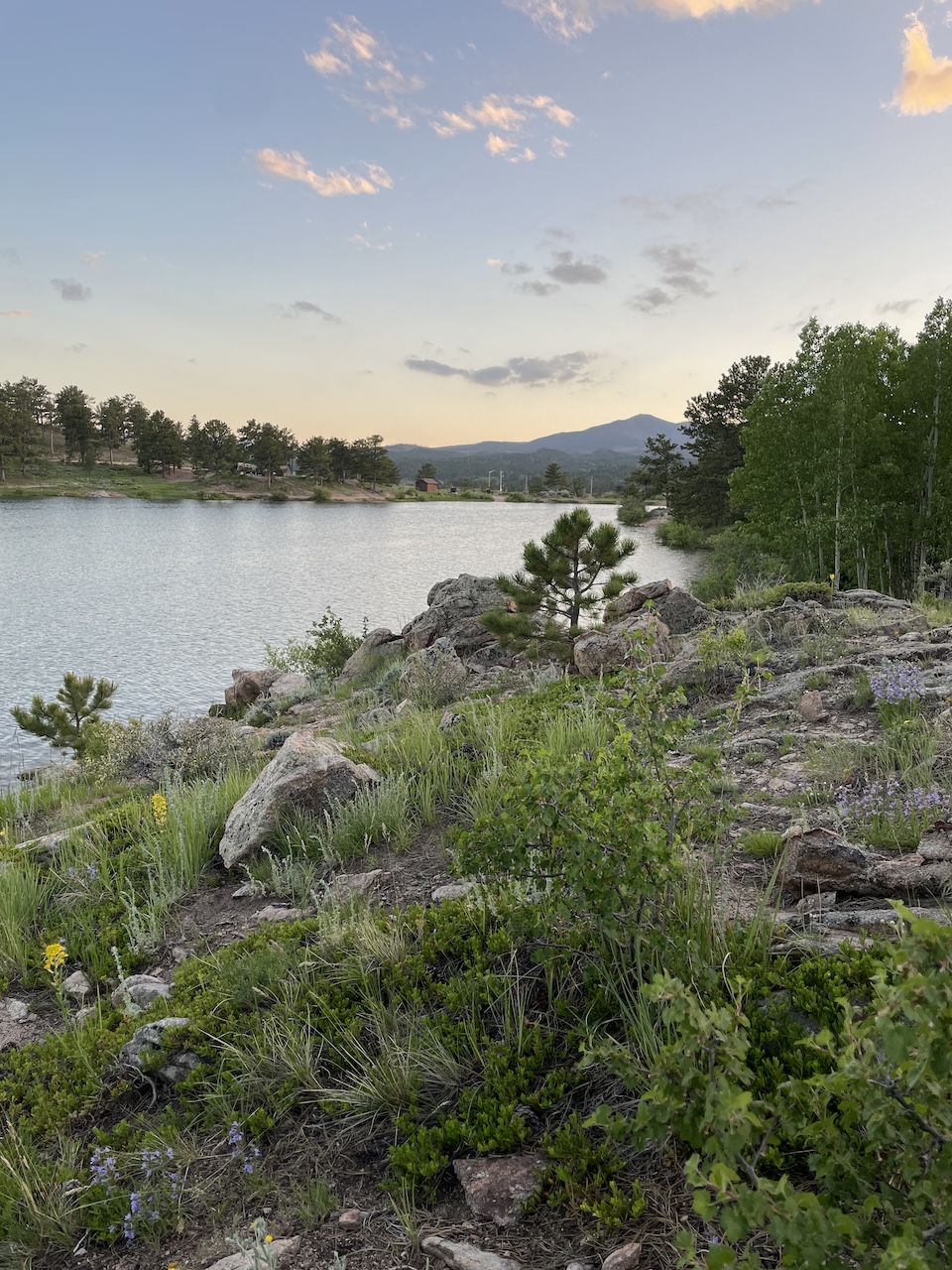
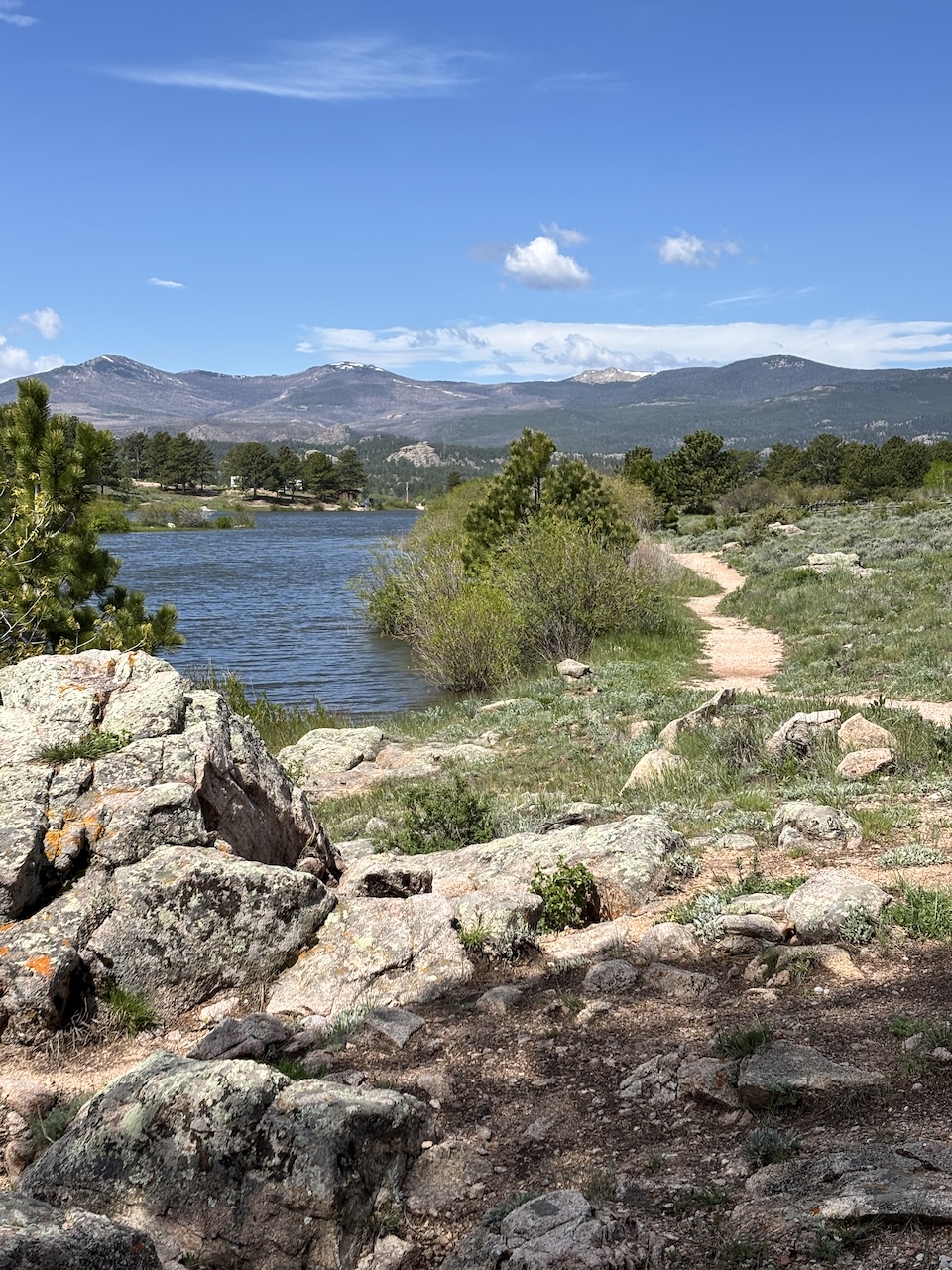
What makes Red Feather Lakes so special is its ability to remain “small.” Other than the residents who live in the area, there isn’t much in terms of services. There are a limited number of hotels, restaurants, and shops. The town village consists of a restaurant, market, post office, and a few other amenities. It’s also home to Gnome Road, a quarter-mile stretch between Lake Hiawatha and Lake Apache that contains gnomes and other fairland-like creatures scattered through the forest.
Tip: Rent a cabin with the Redfeather Ranger Station to get a premium spot along West Lake. I love this option for a great summer weekend getaway in Colorado.
Buena Vista
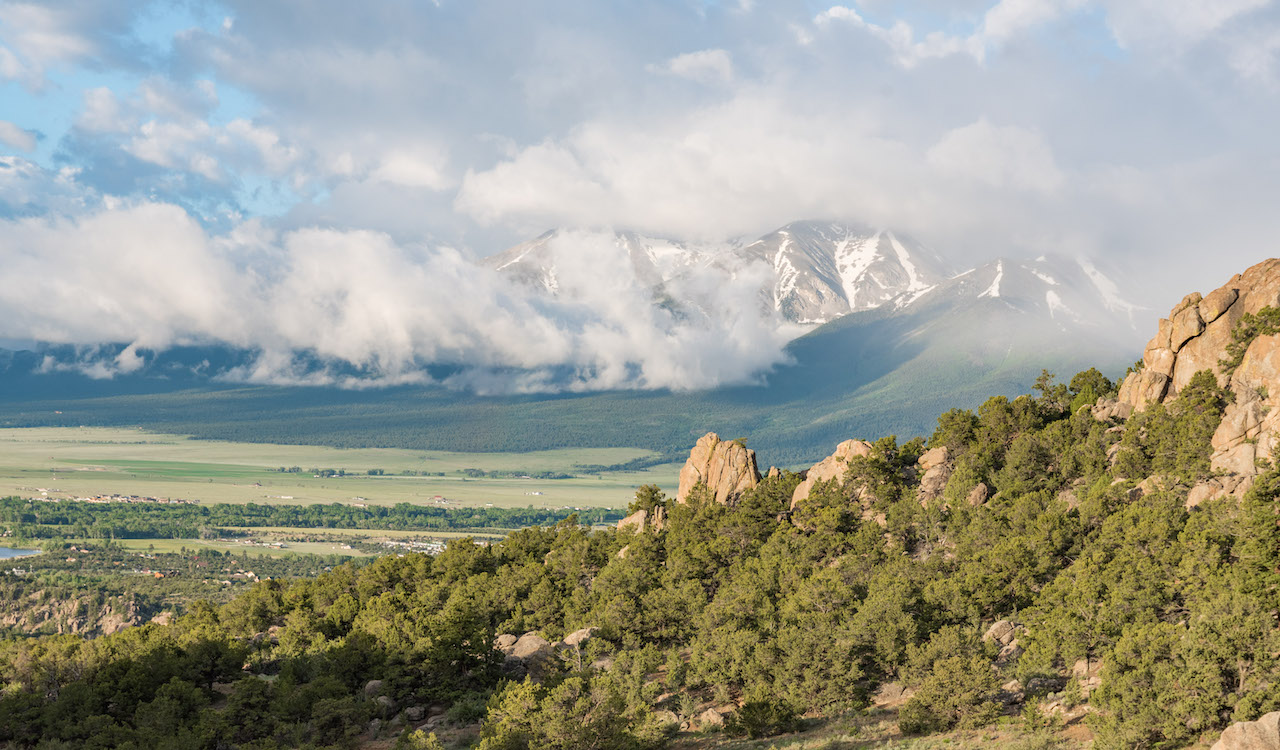
Found in the heart of the Arkansas River Valley, Buena Vista, Colorado, is a charming mountain town that seamlessly blends outdoor adventure with small-town allure. Framed by the towering Collegiate Peaks and overlooking the Arkansas River, Buena Vista offers a stunning backdrop for hiking, camping, whitewater rafting, and rock climbing.
Why I love it: As a Denverite, I like the quick 2.5-hour drive from Denver to Buena Vista. You can avoid I-70 and enjoy the scenic route along HWY 285. BV (as many locals call it) has changed over the years, with the addition of South Main, but it remains a classic choice. Here is where the cute Surf Hotel sits along the Arkansas River; it’s also where many of the town’s festivals and events are held, and many of the restaurants are located.
I also love its direct access to Cottonwood Pass. In 2019, the mountain pass became fully paved, granting access to all drivers and making it easier to get to Crested Butte! It’s one of my favorite scenic drives near Denver.
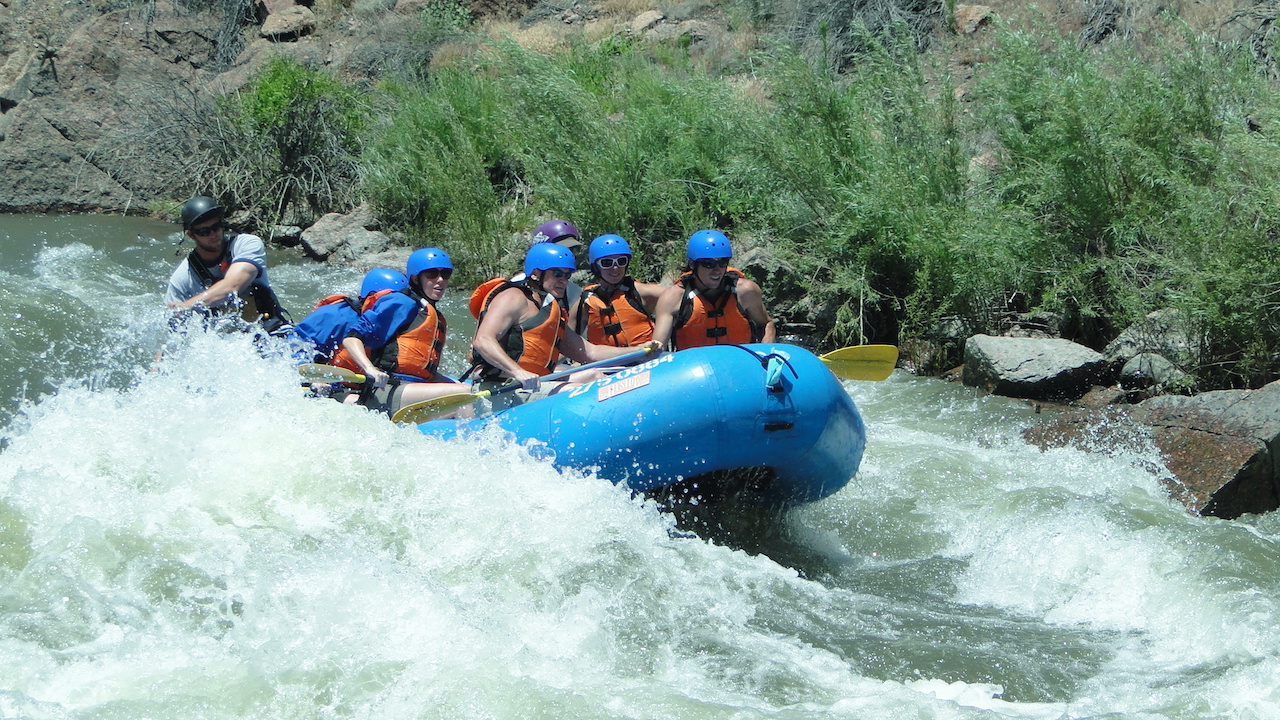
I also love this area for white water rafting in Colorado. I have rafted Brown’s Canyon (a bit more mellow with Class III rapids) and the Numbers (which is a bit more challenging with Class IV and V rapids) several times, and to me, it’s one of the best areas for this outdoor activity.
Salida
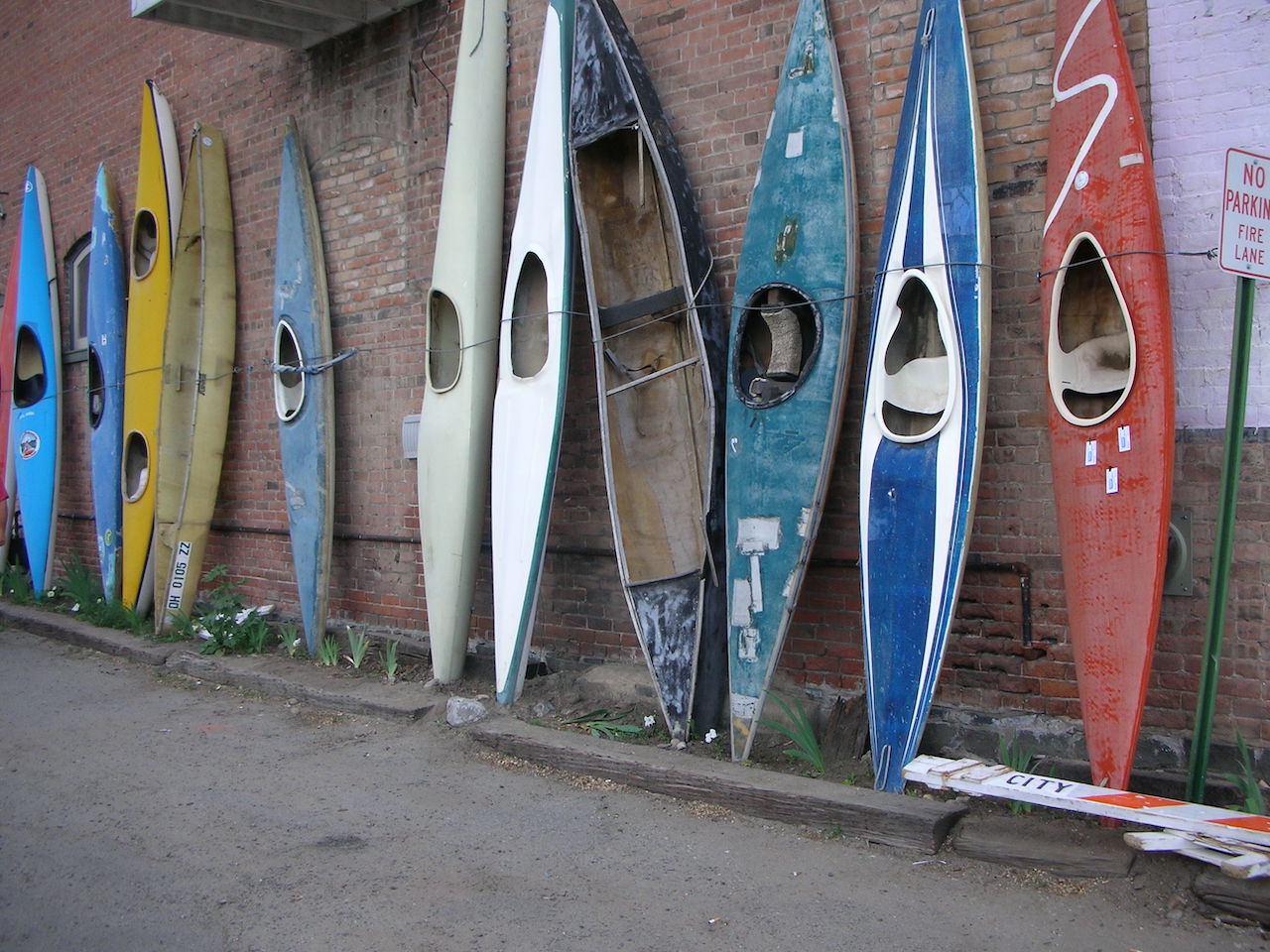
Just down the road, roughly 30 miles, is one of the best Colorado mountain towns I’ve visited. Salida offers a bohemian mountain vibe you won’t find anywhere else in Colorado.
Why I love it: Salida’s vibrant art scene is what initially attracted me to the area, and the annual Fibark festival. The historic downtown offers an ample number of restaurants, local shops, artists, and galleries.
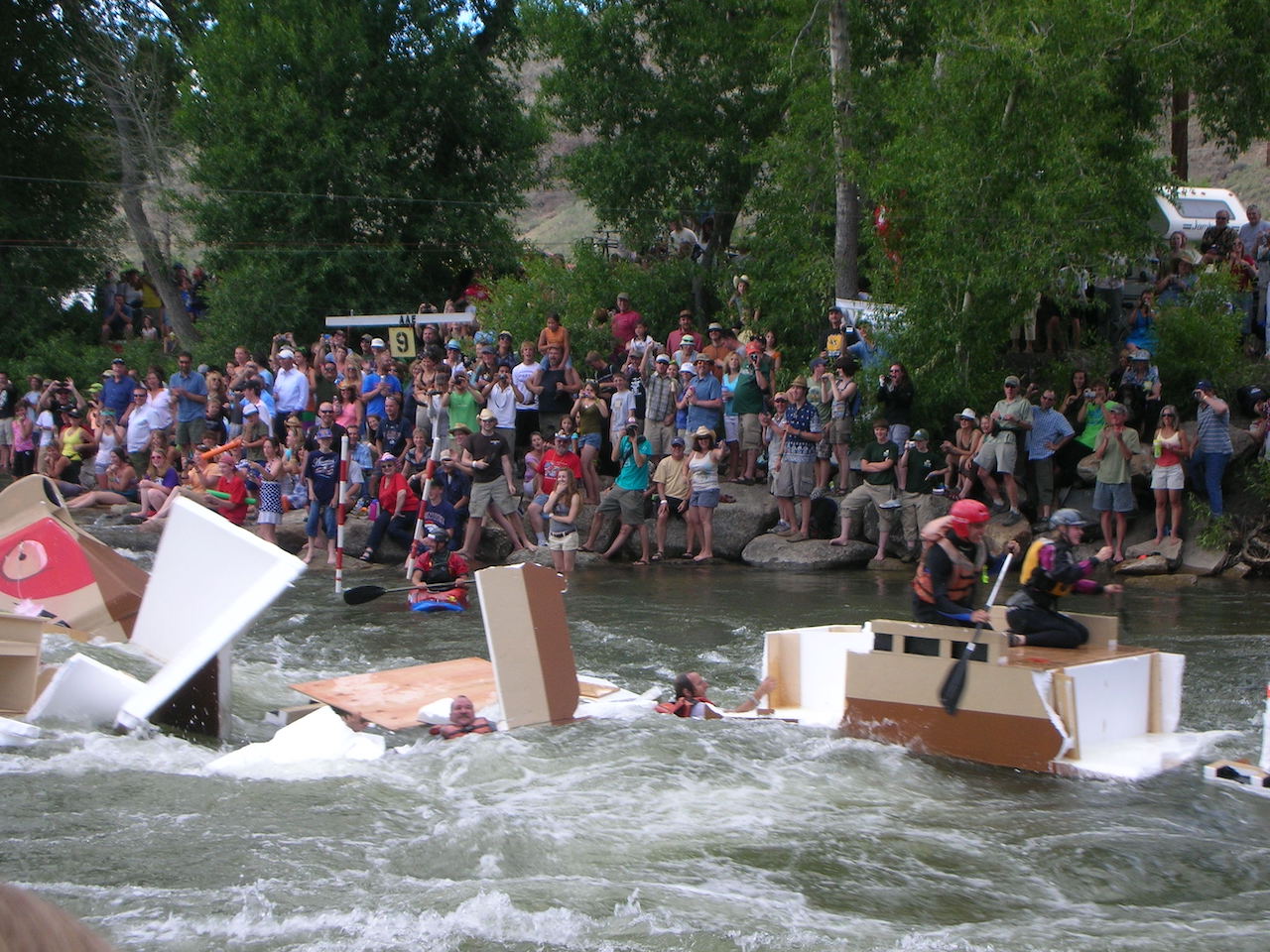
The Arkansas River flows nearby, offering thrilling whitewater rafting opportunities and scenic riverside strolls. Soak in the area’s hot springs, or take to the trails with the area’s Sawatch Mountain Range, boasting the most 14ers in a single mountain range within Colorado. Plus, because of its milder weather, biking and hiking are accessible almost year-round.
Get even more travel tips and itineraries with my monthly travel newsletter.
